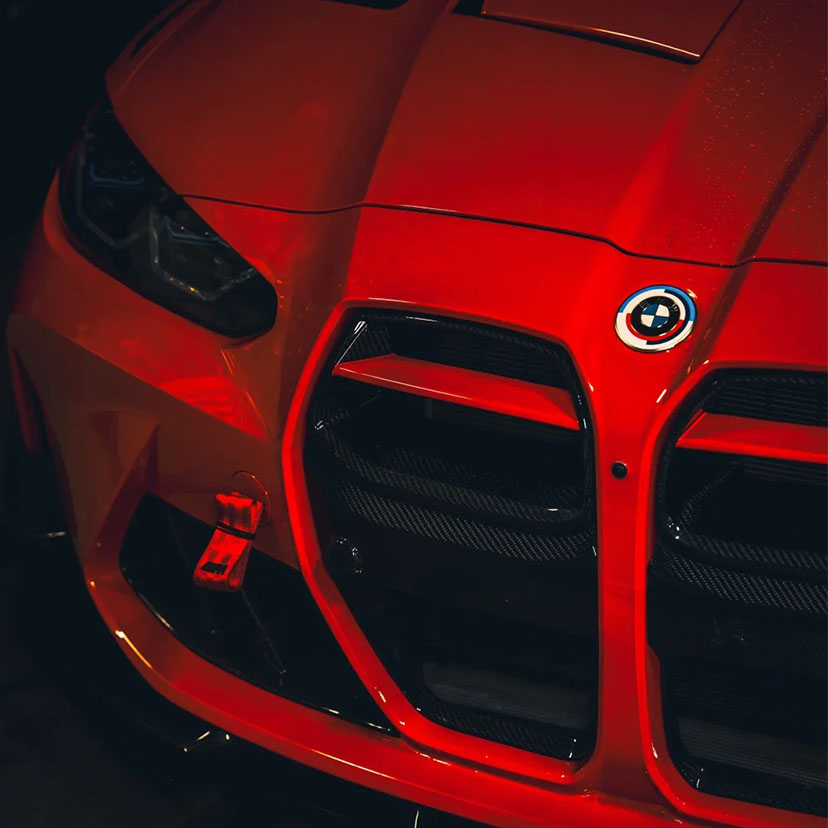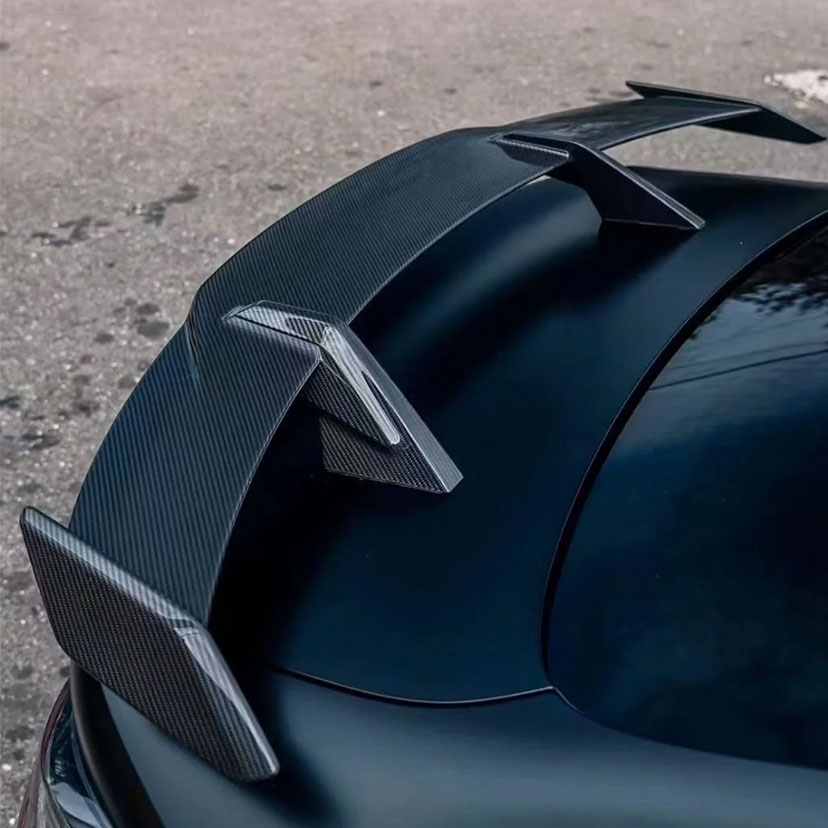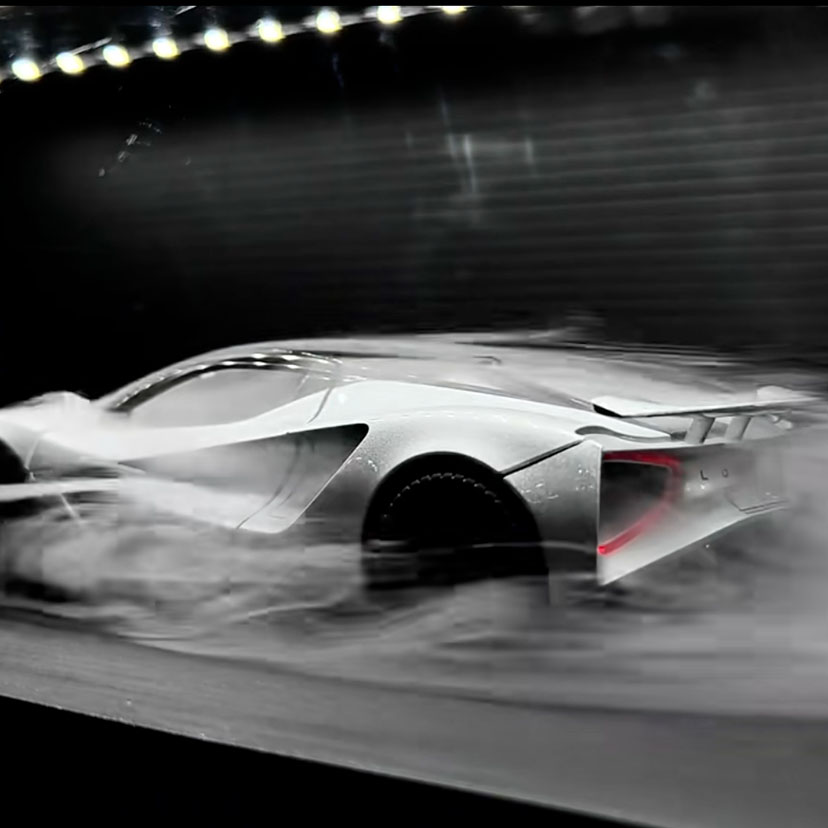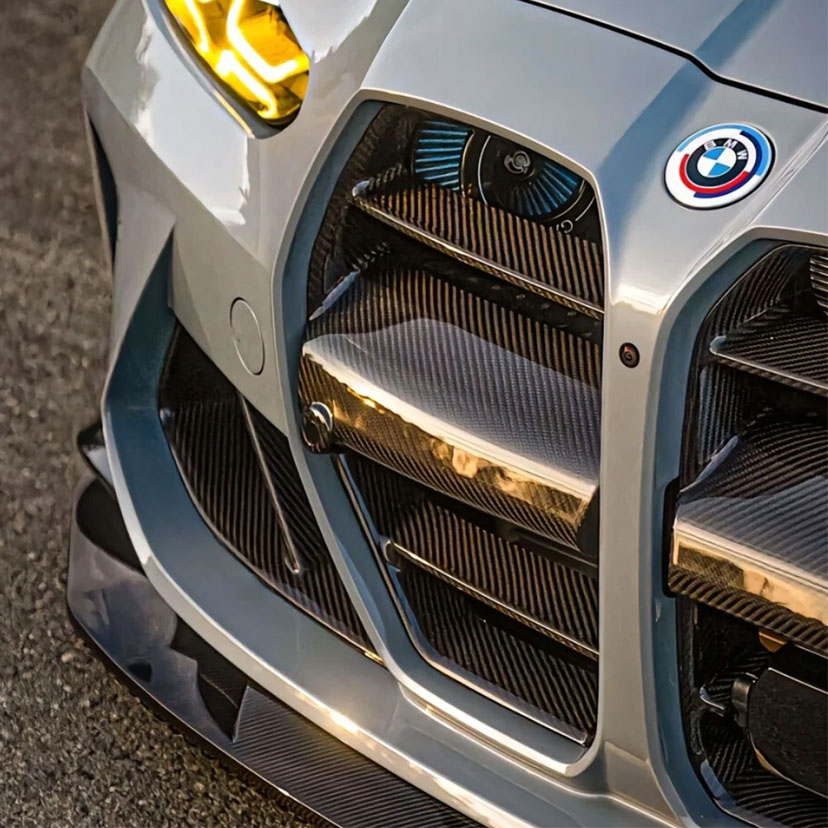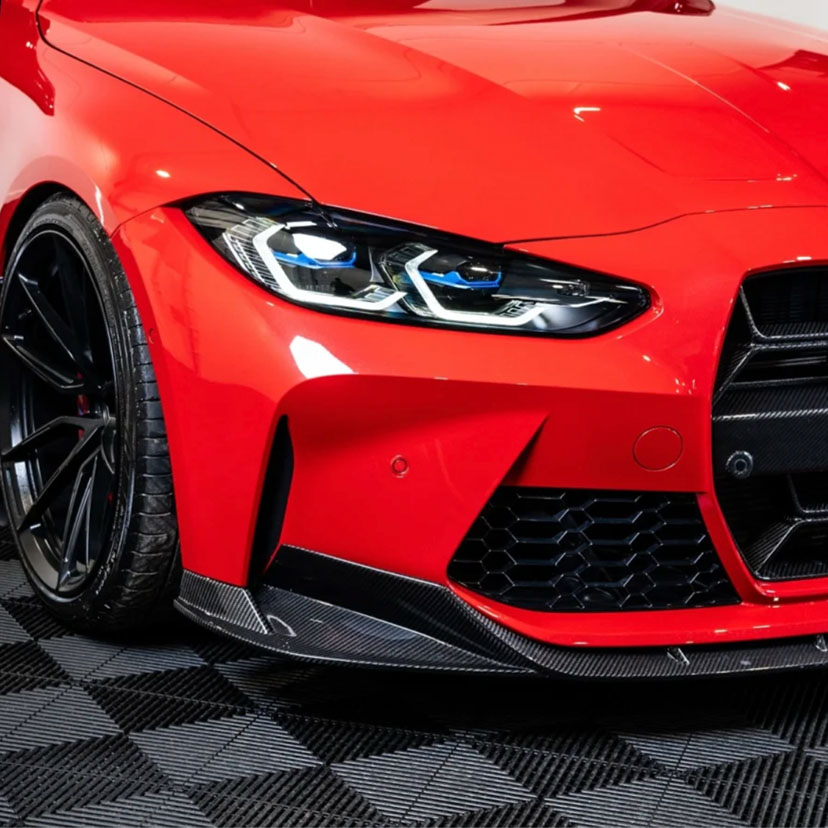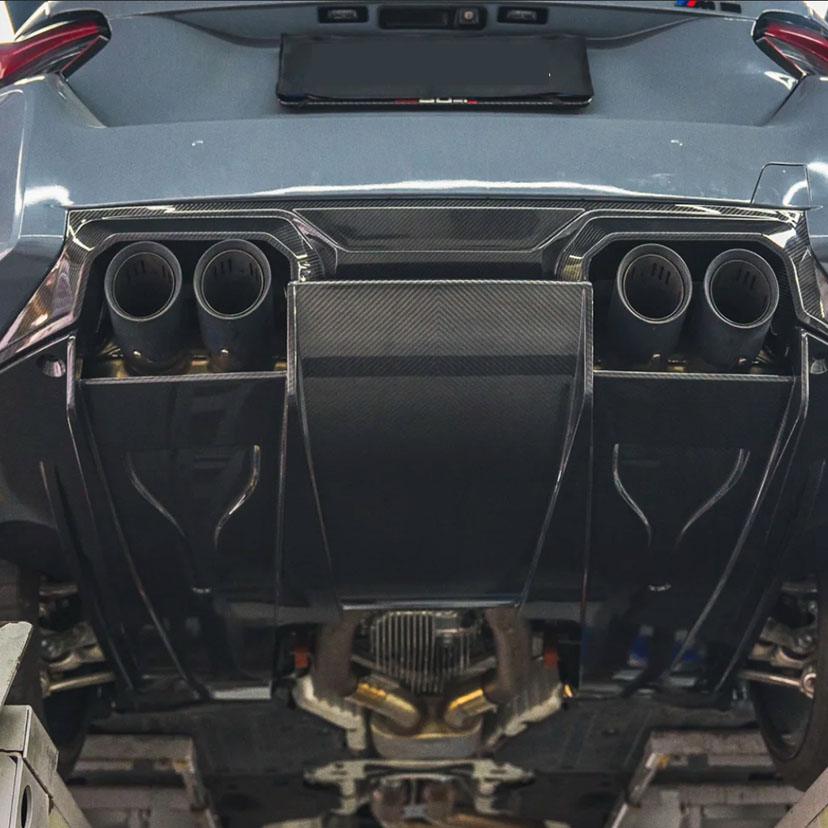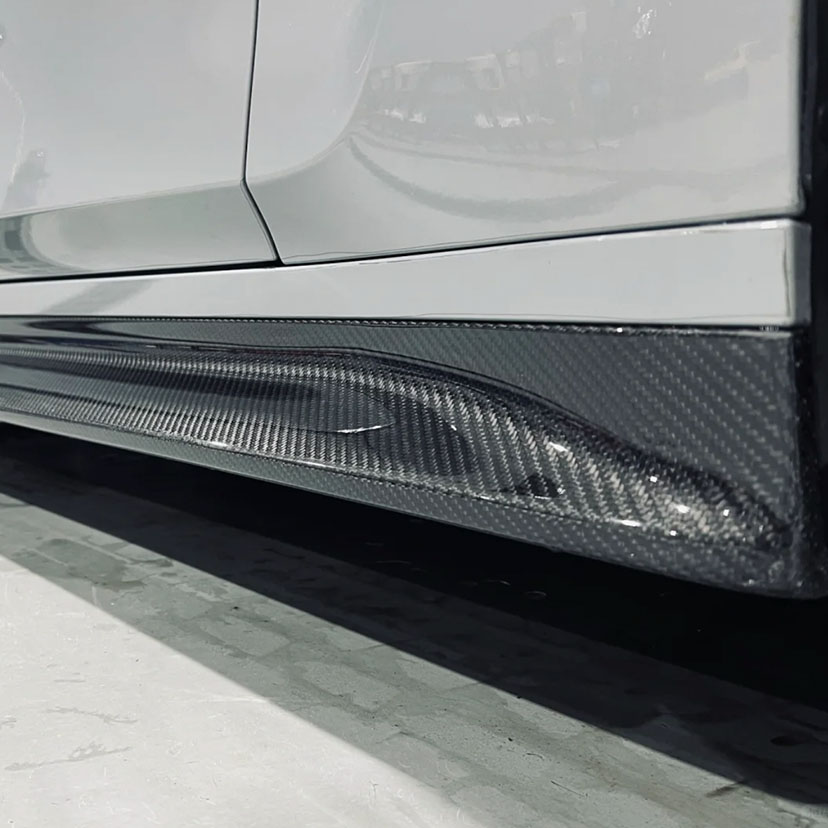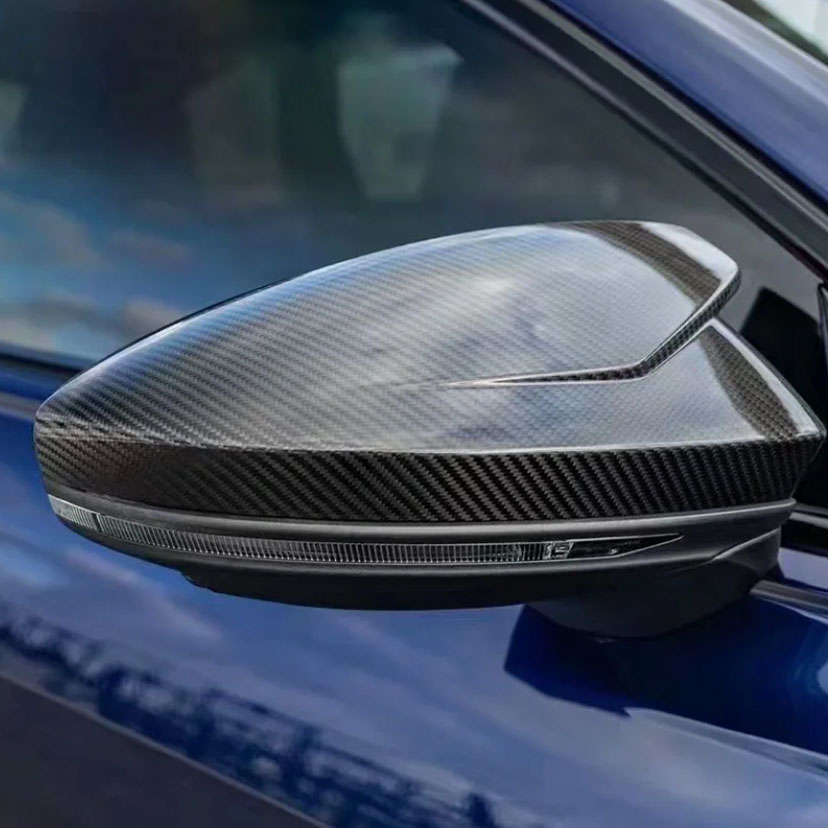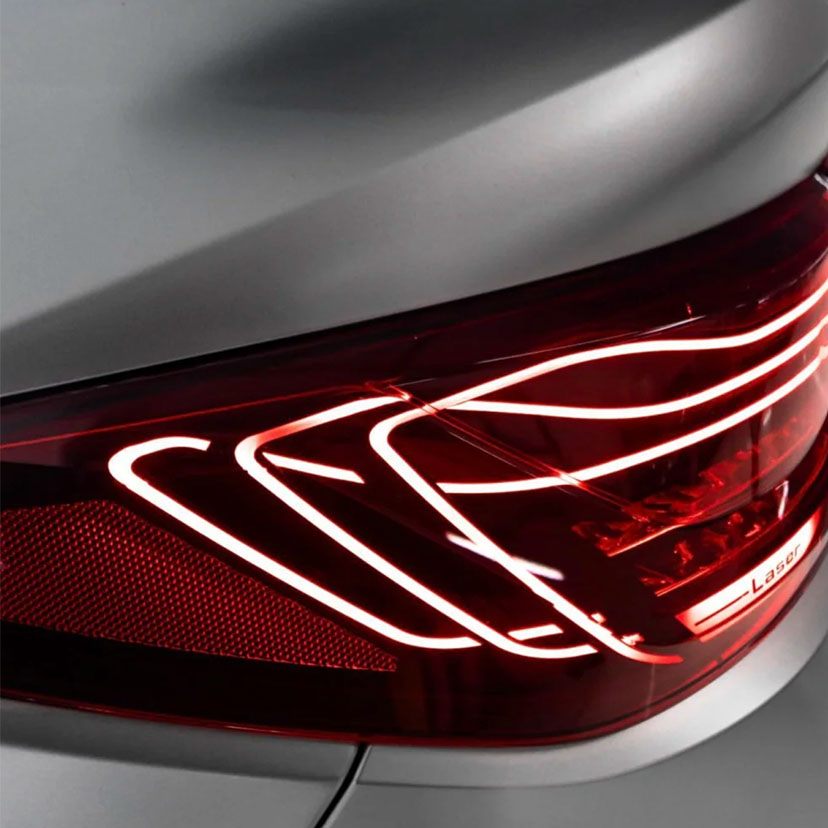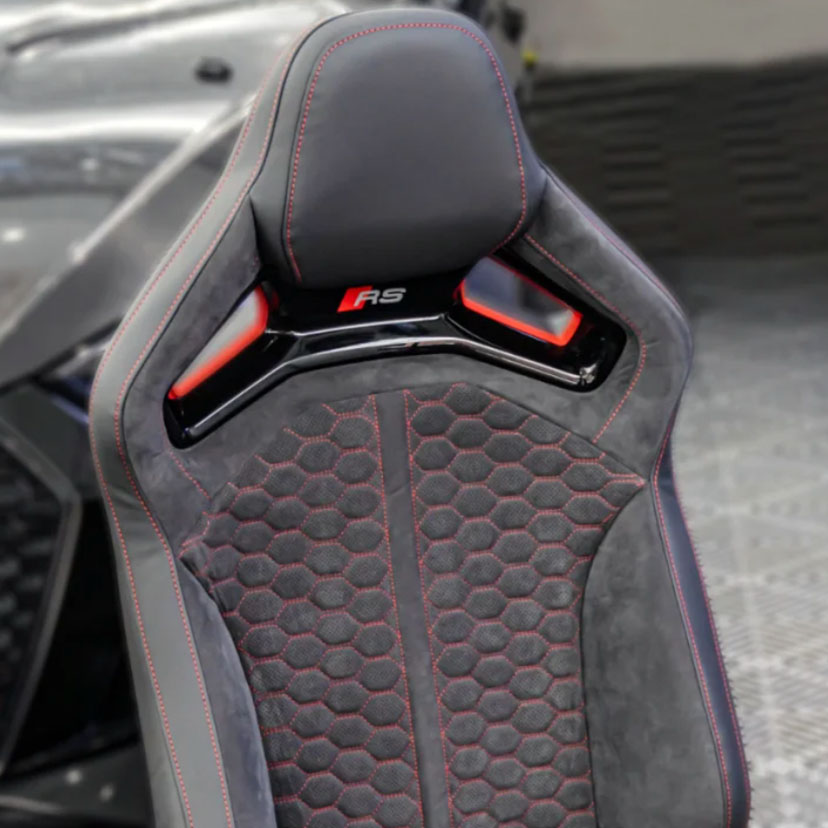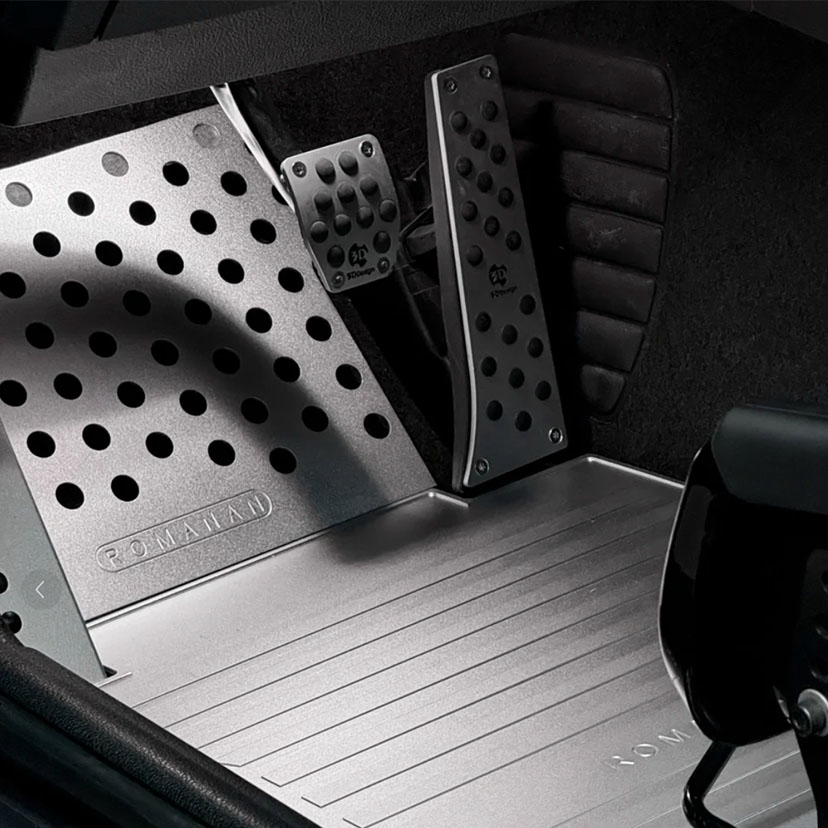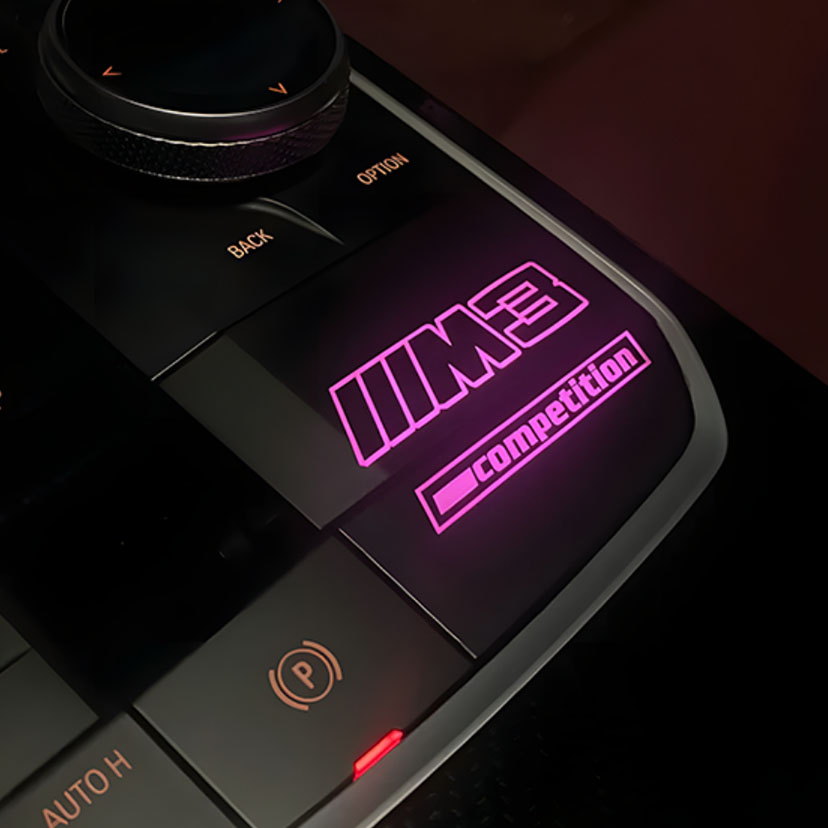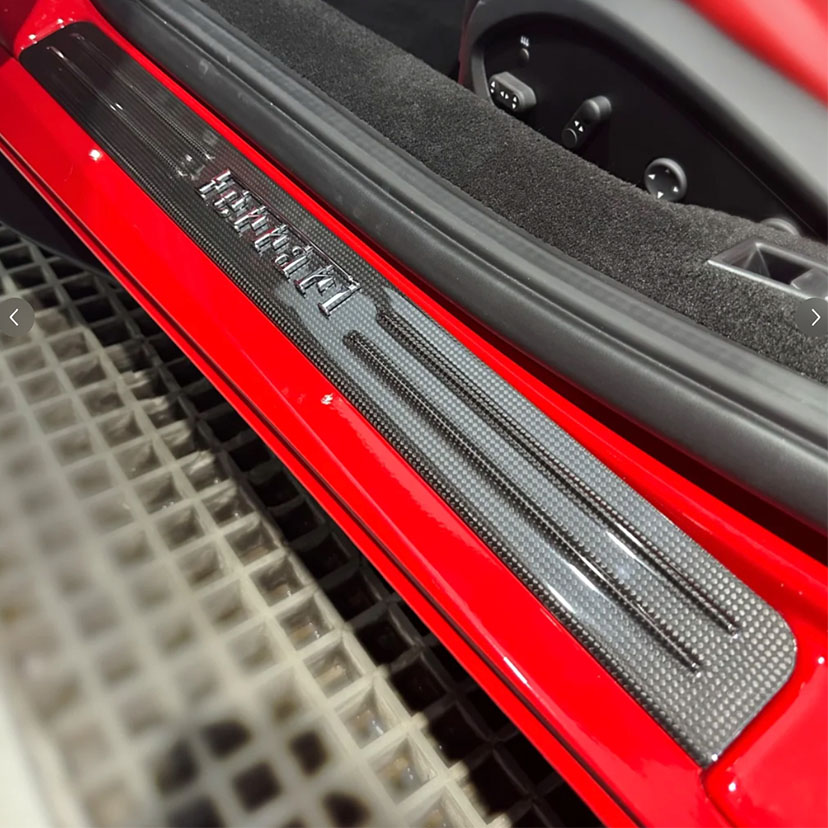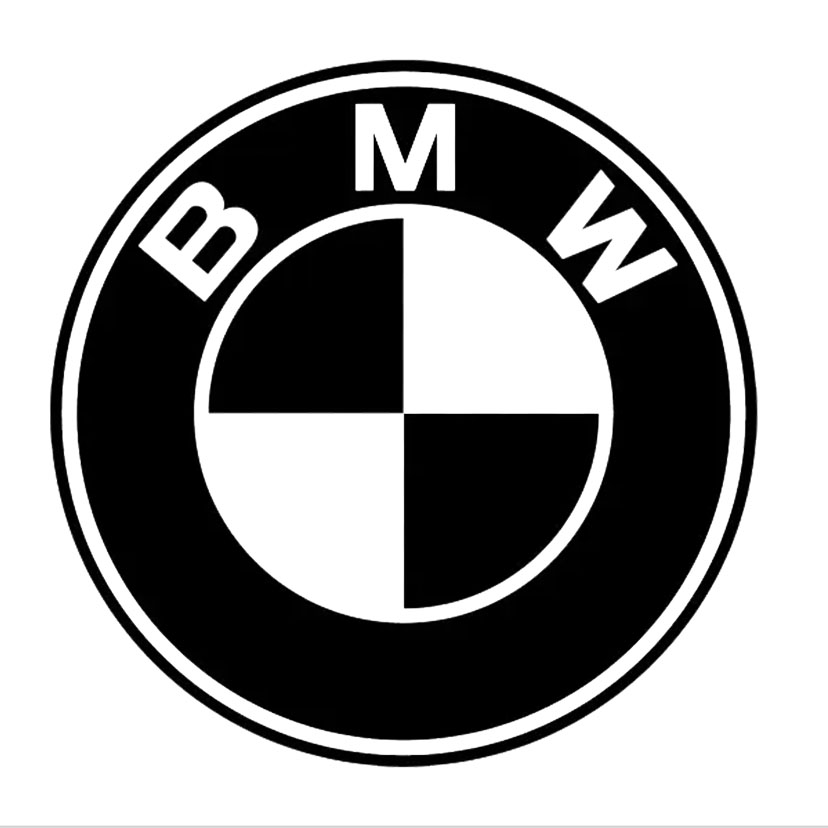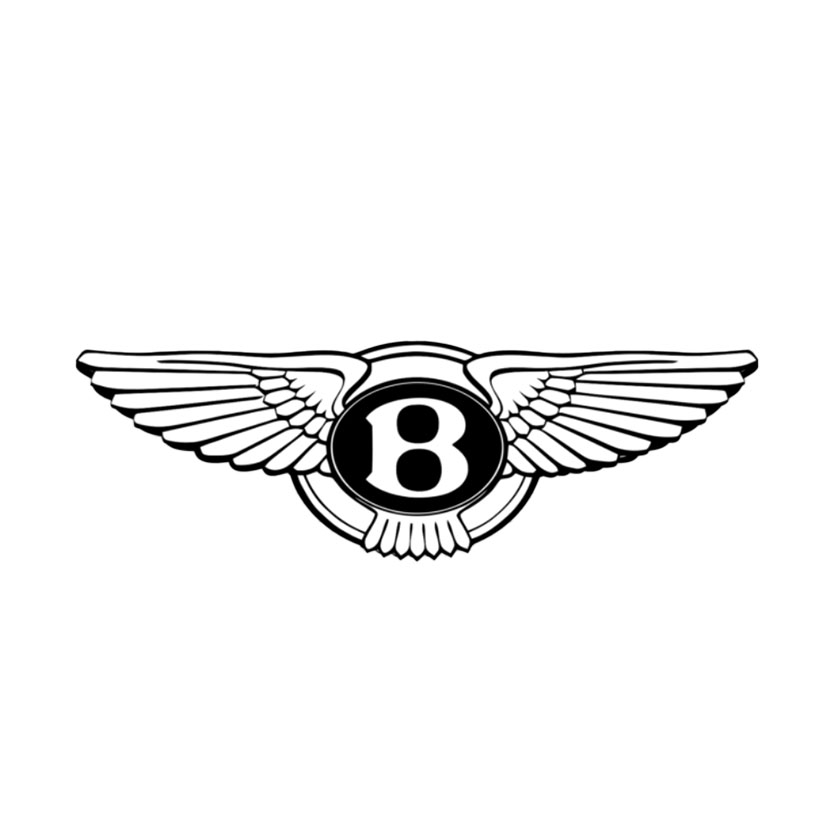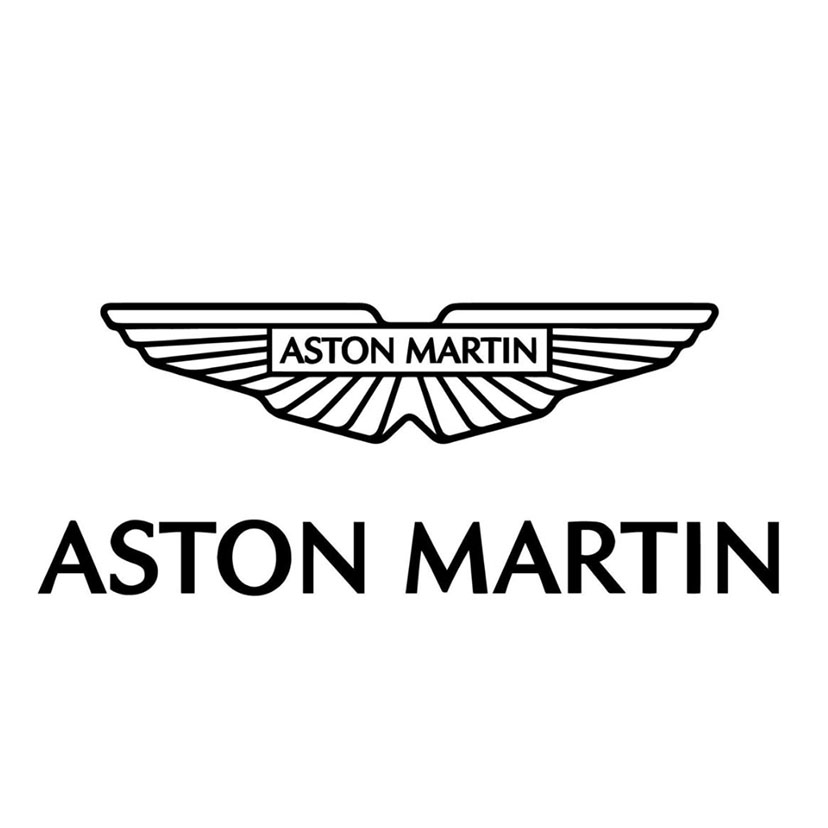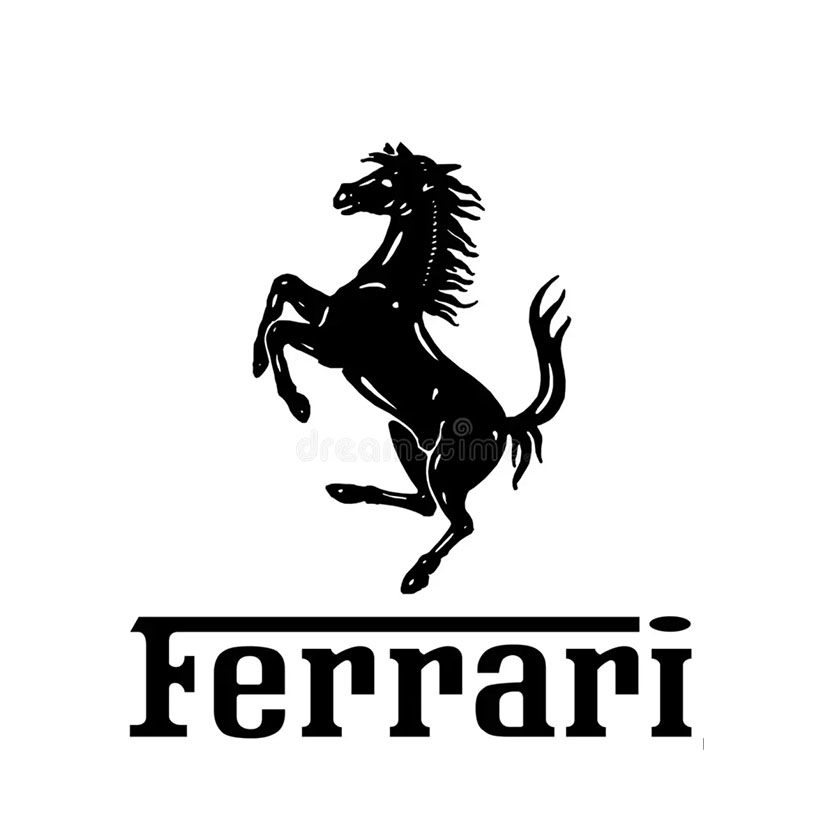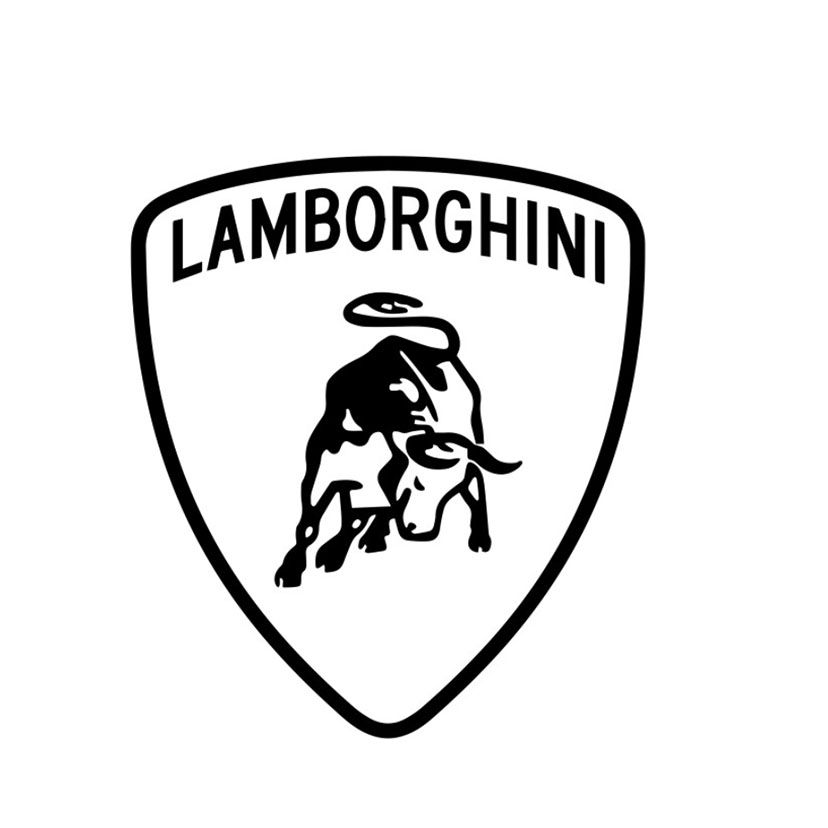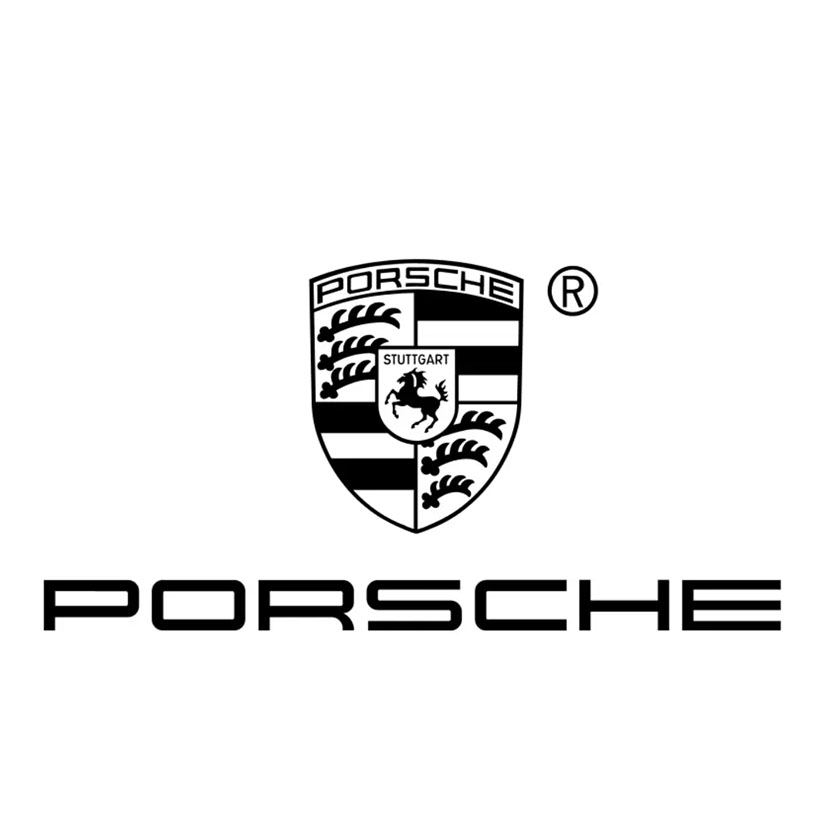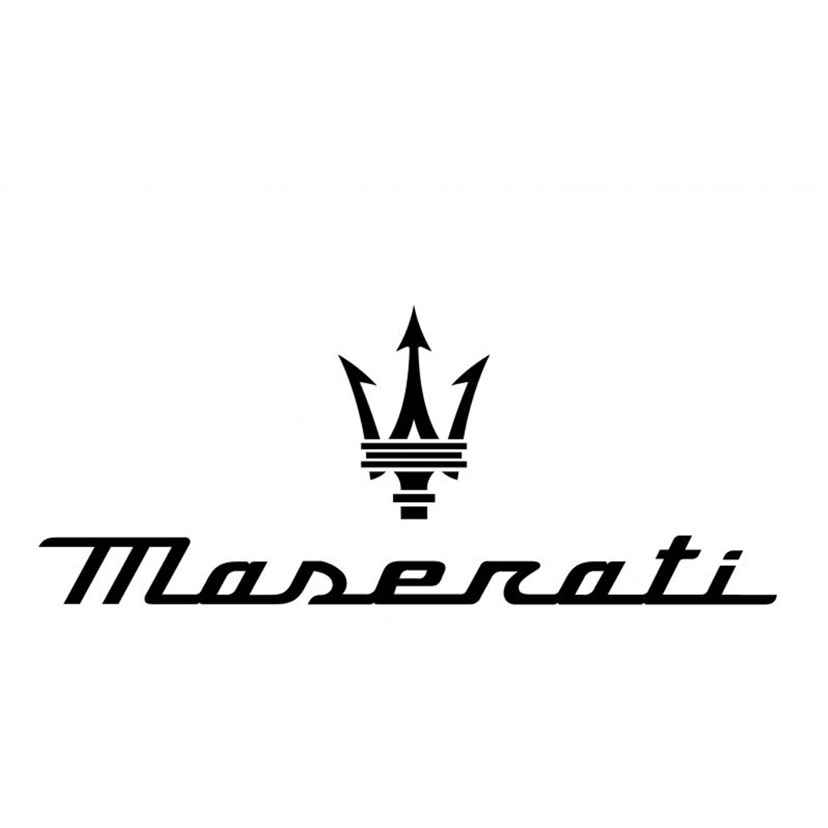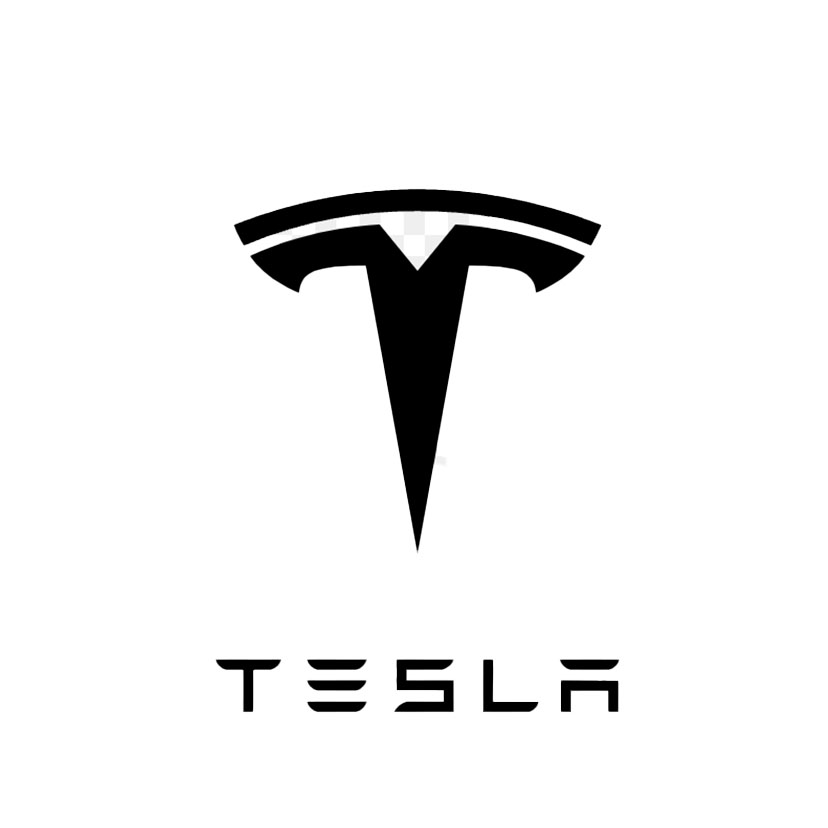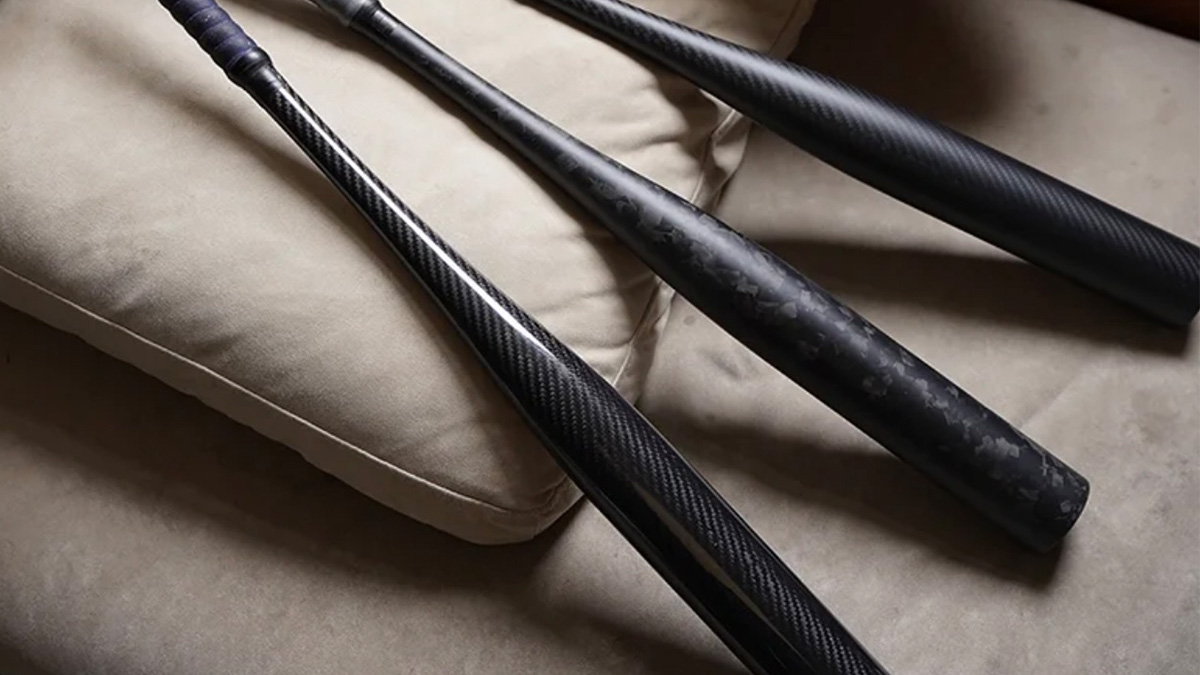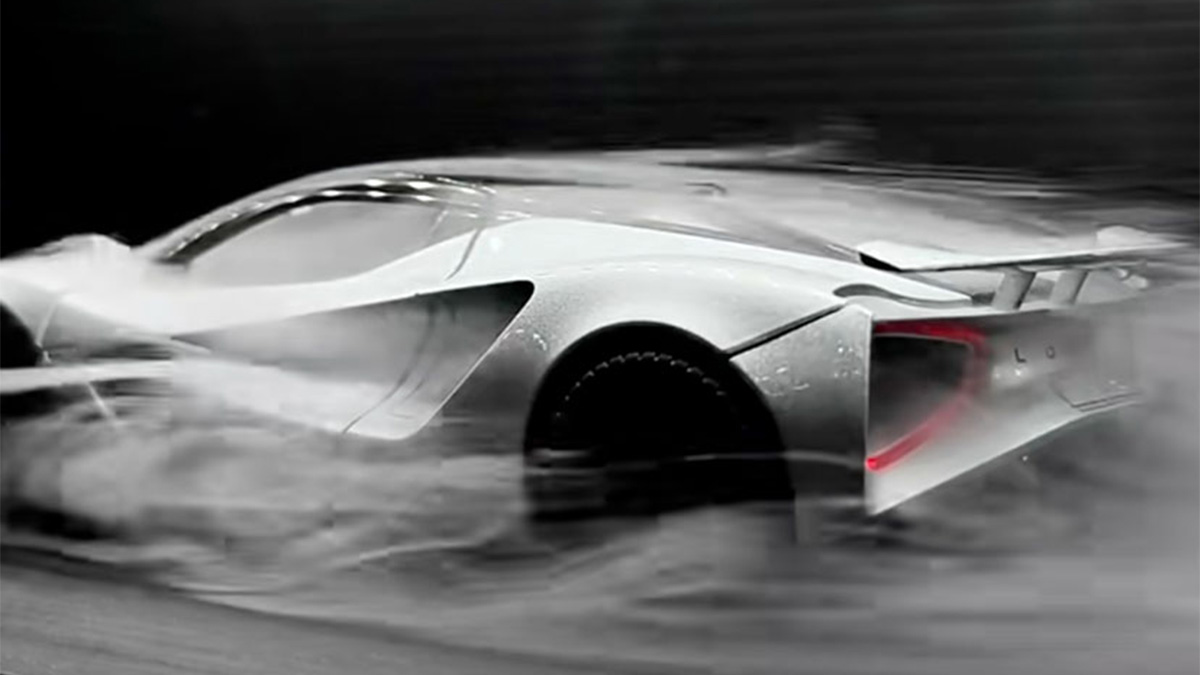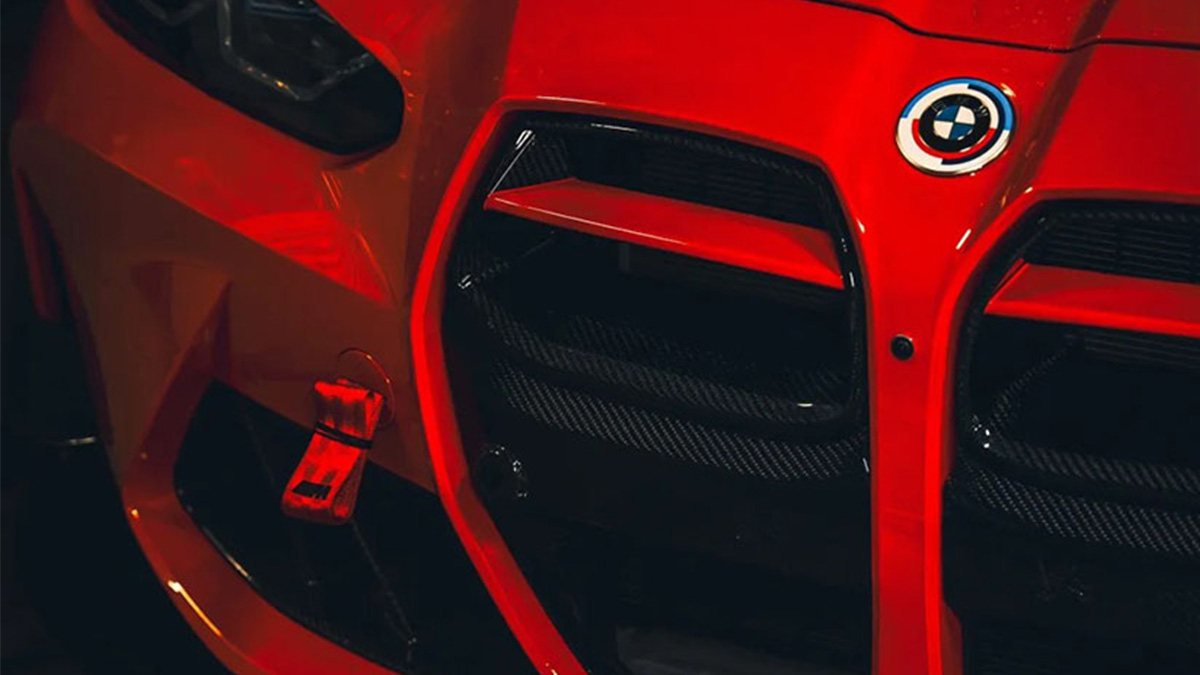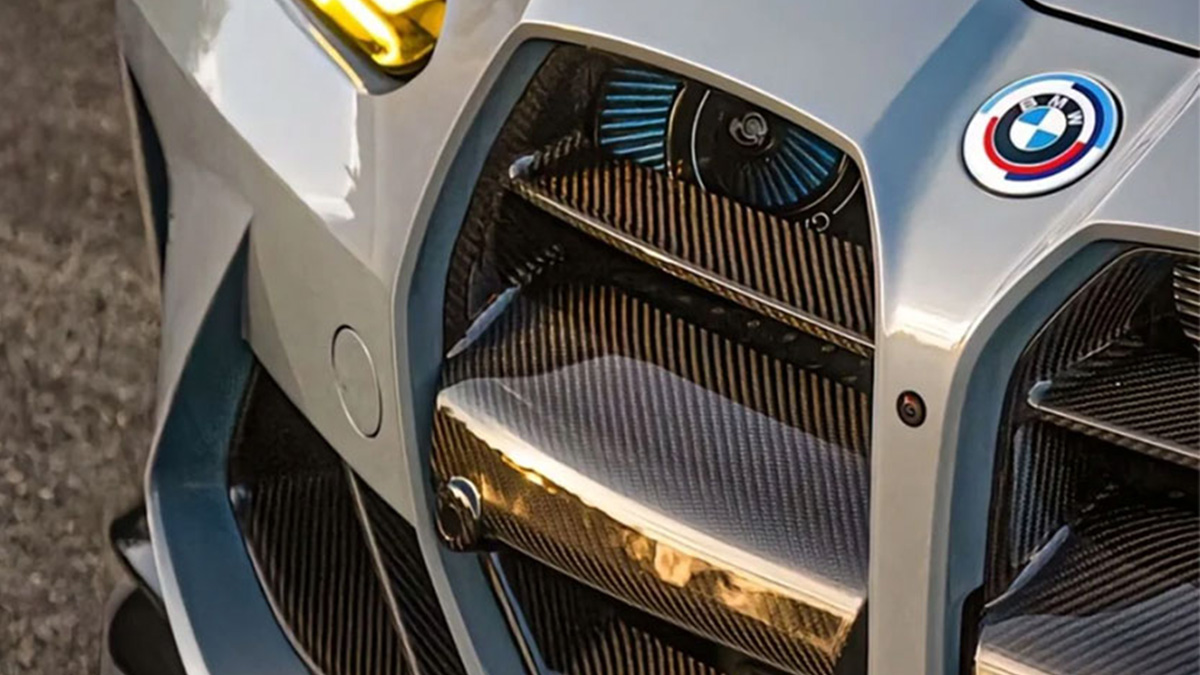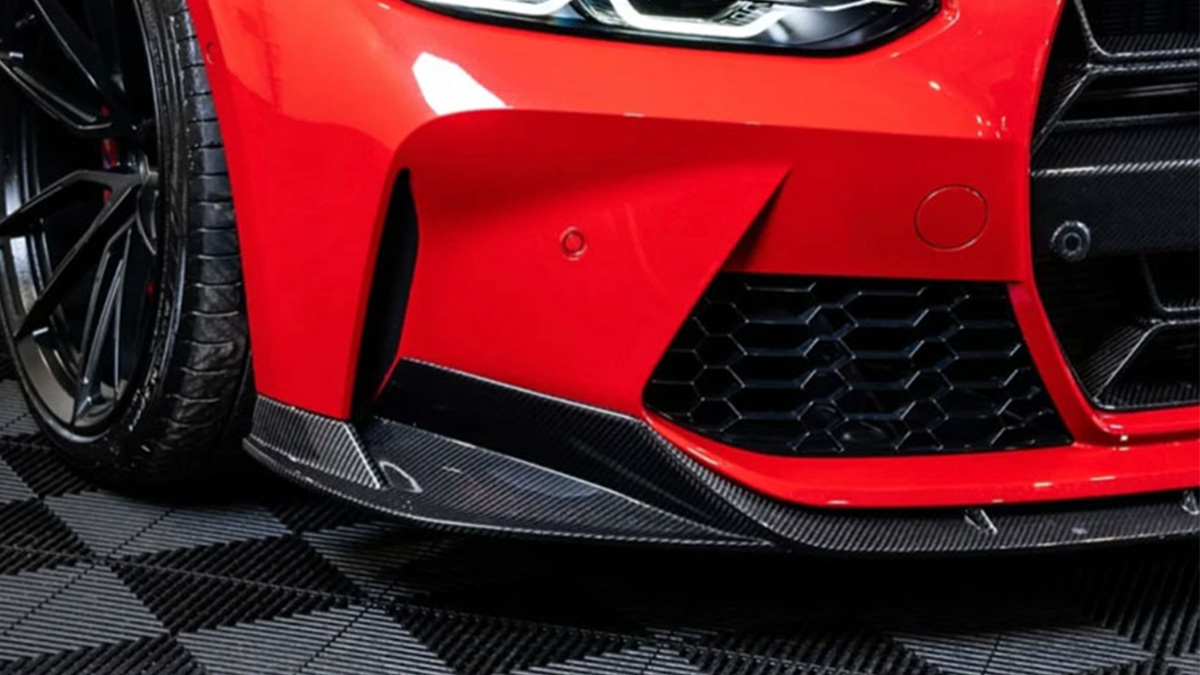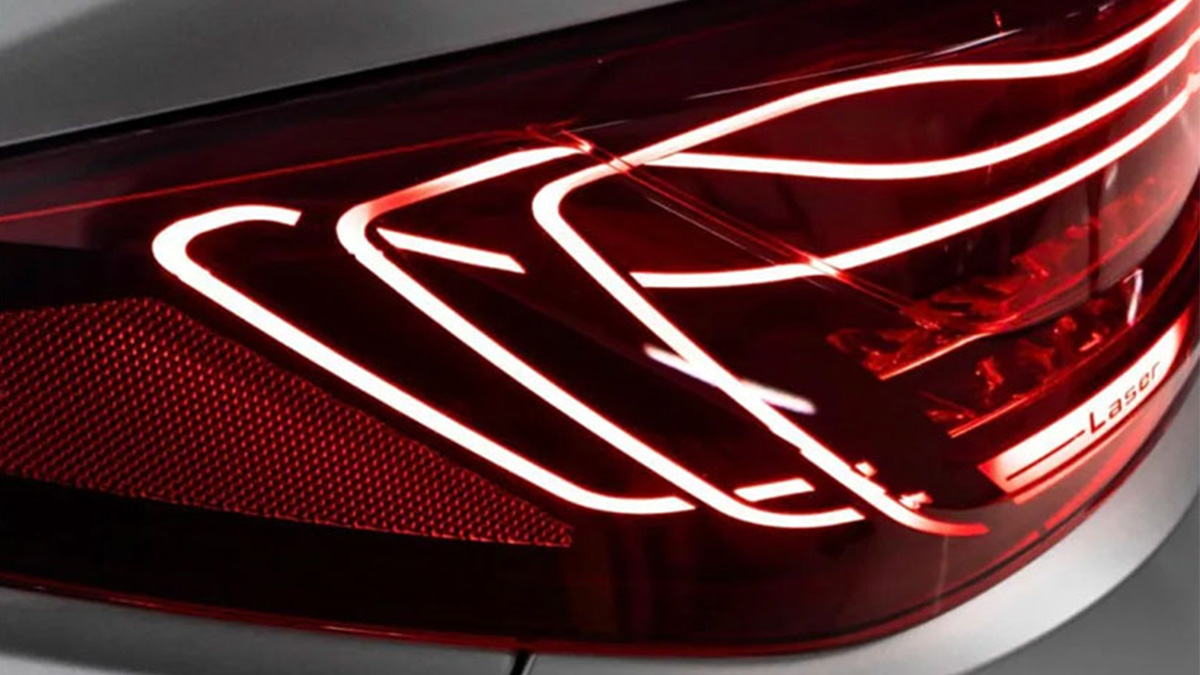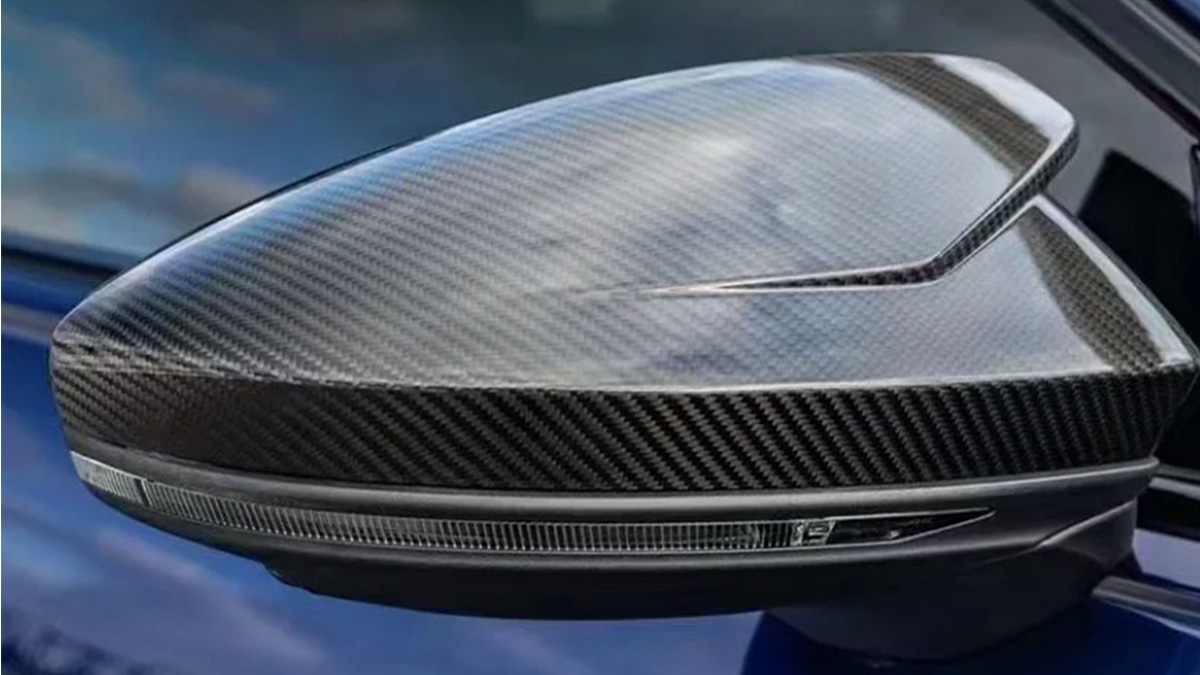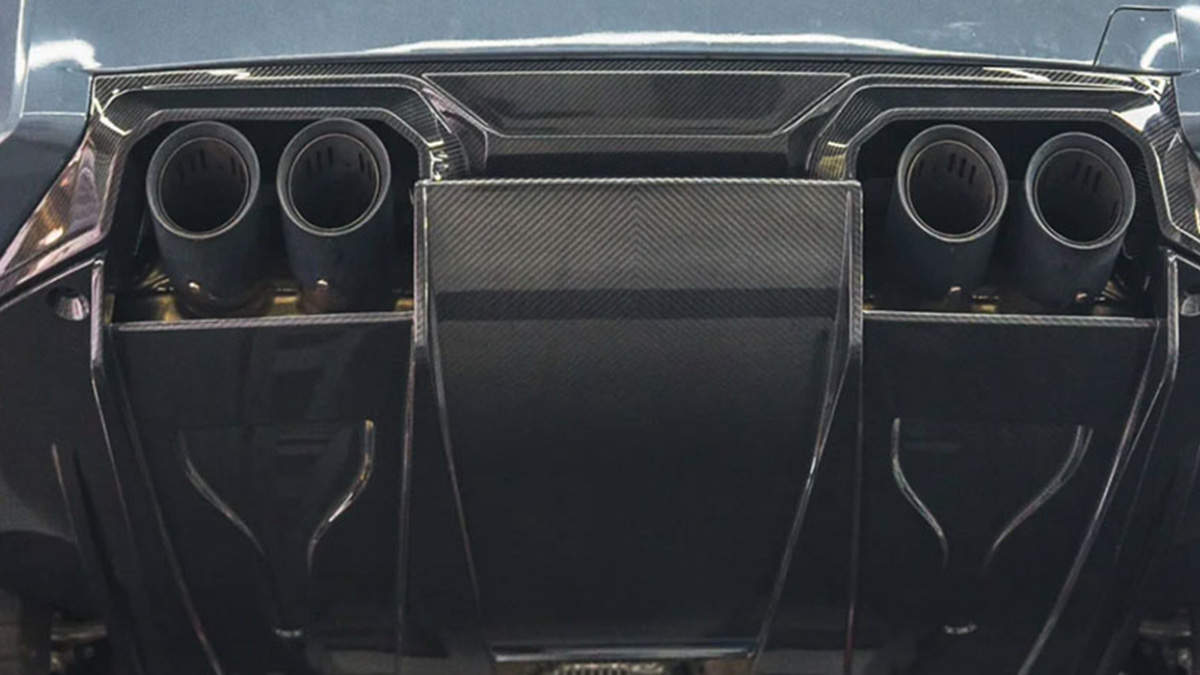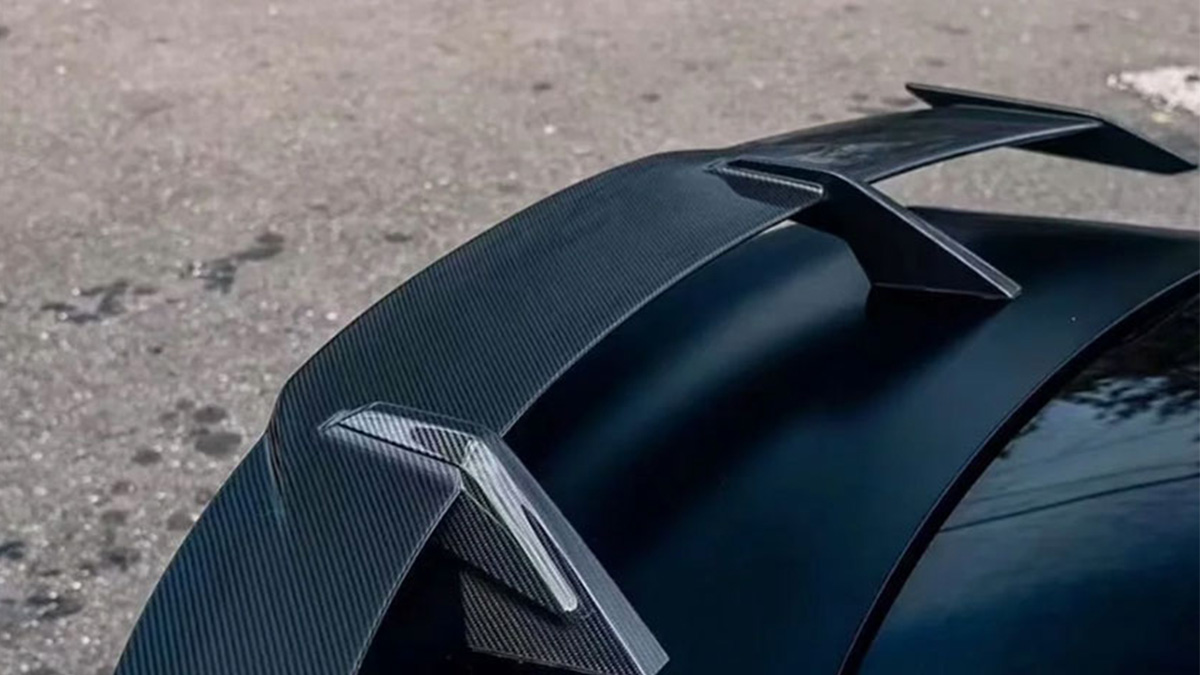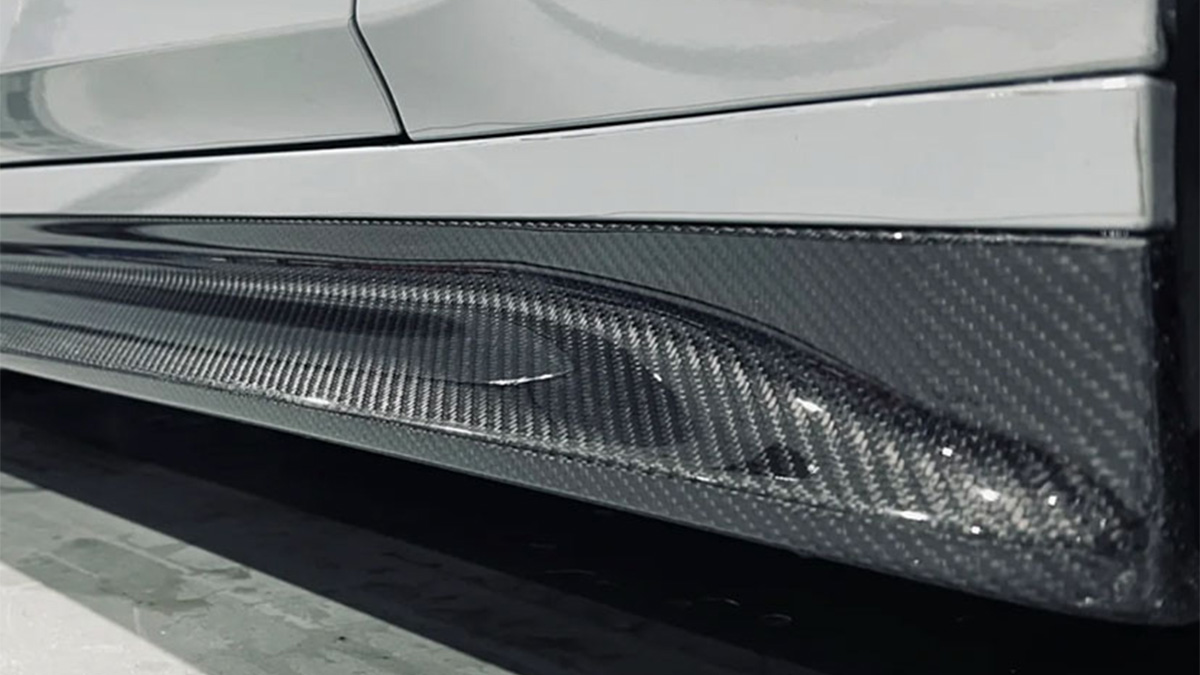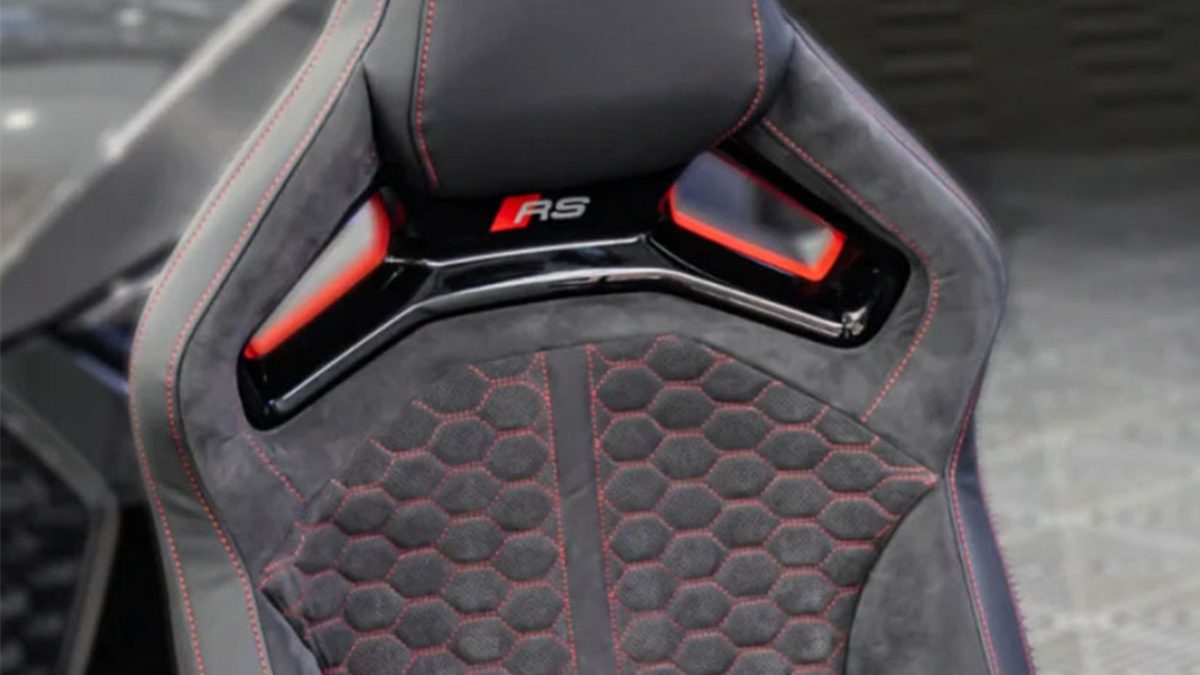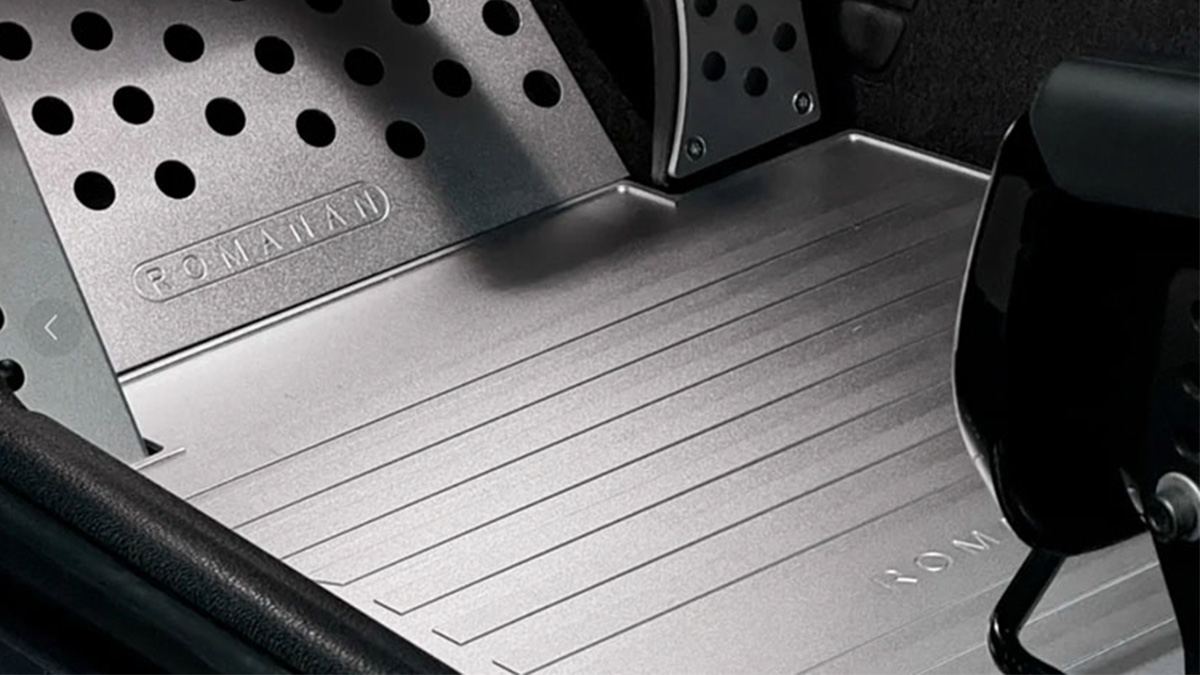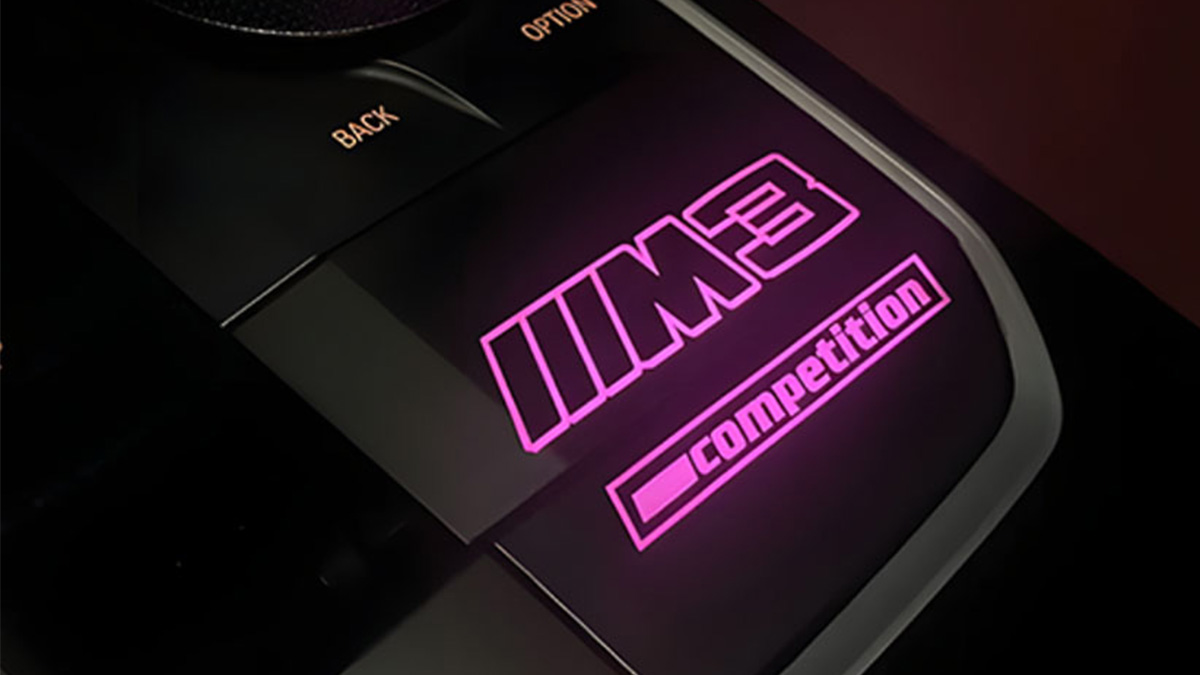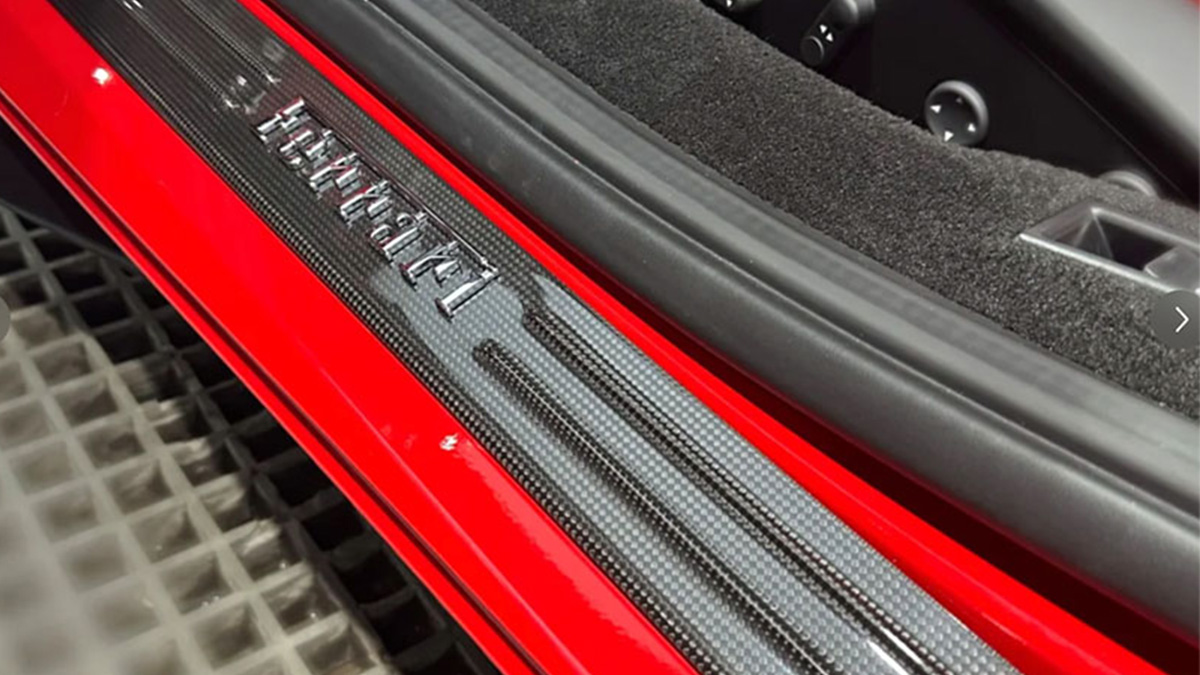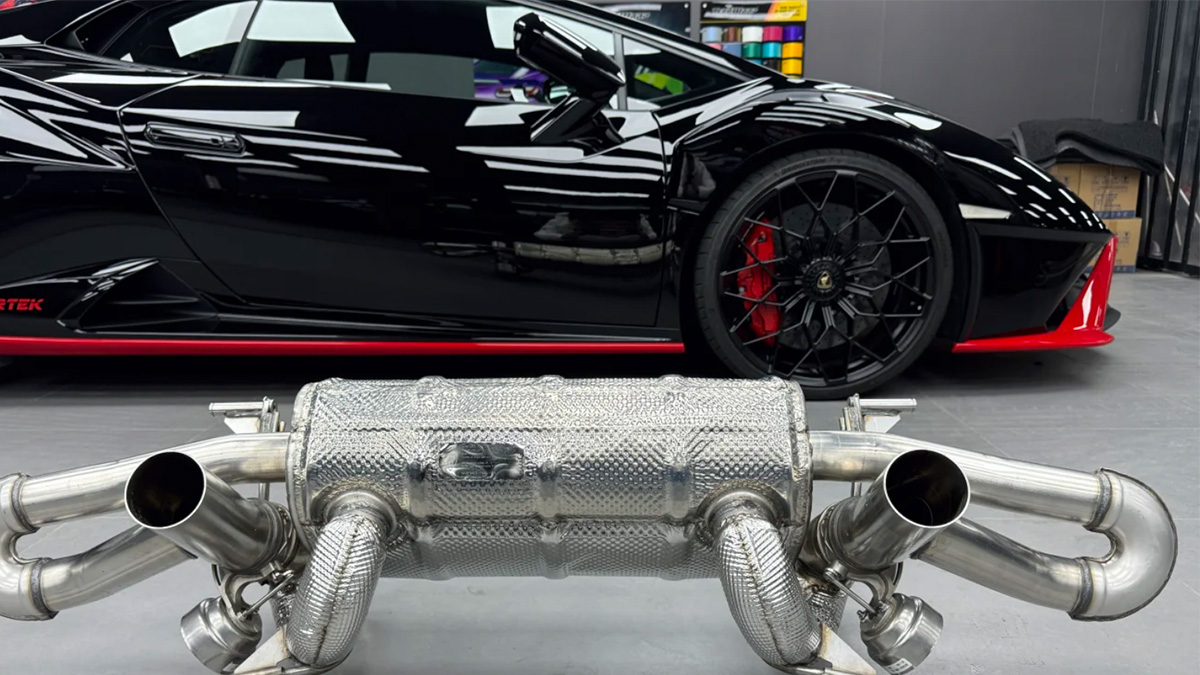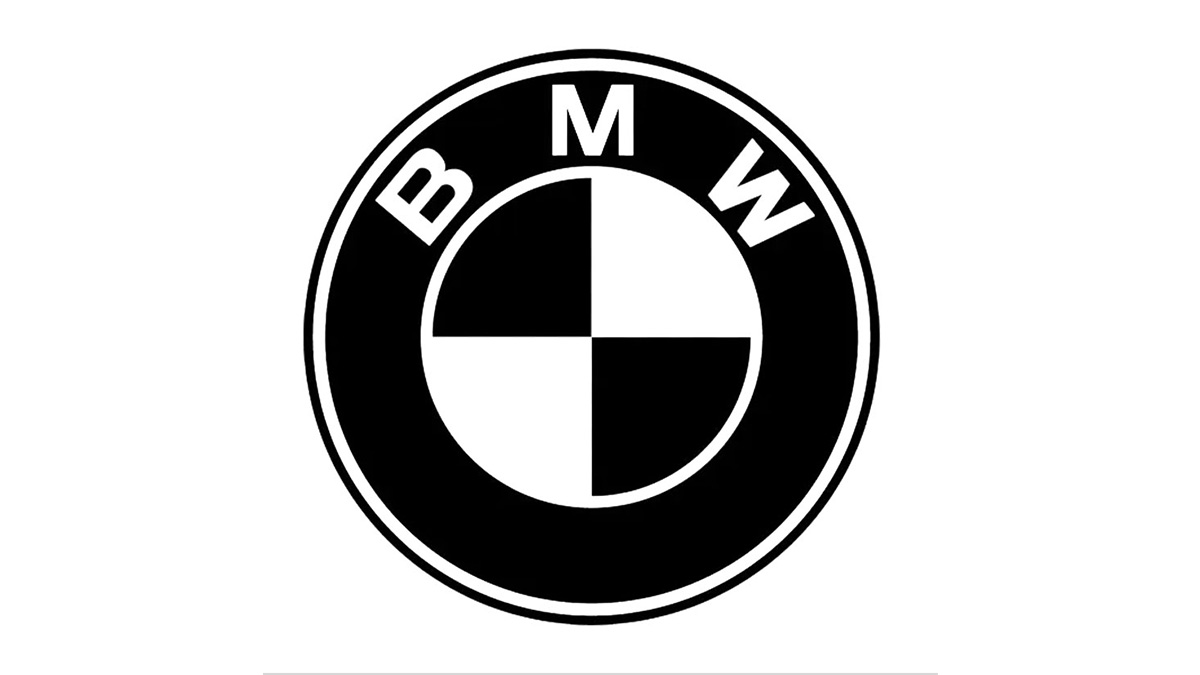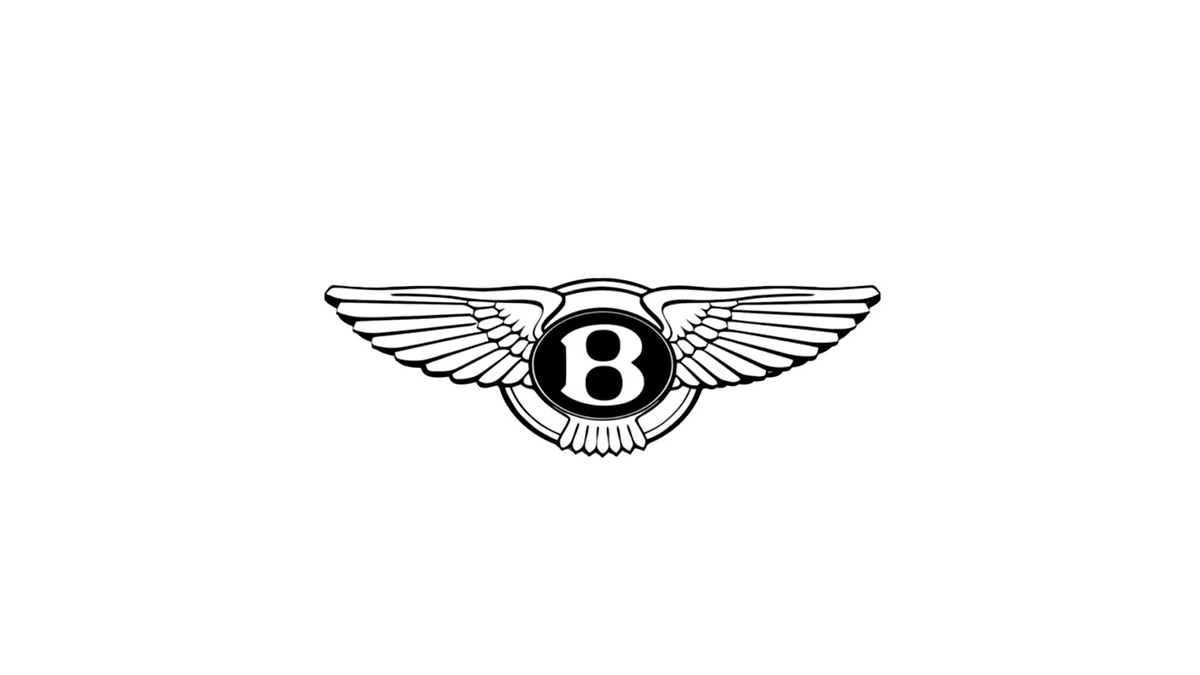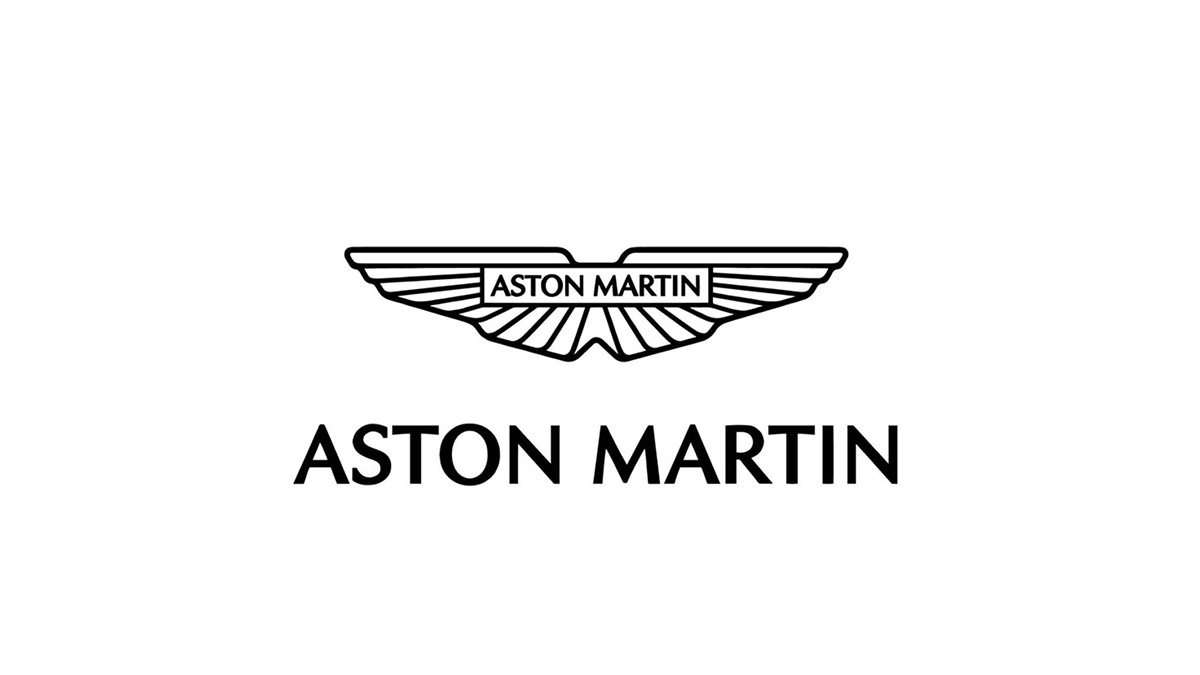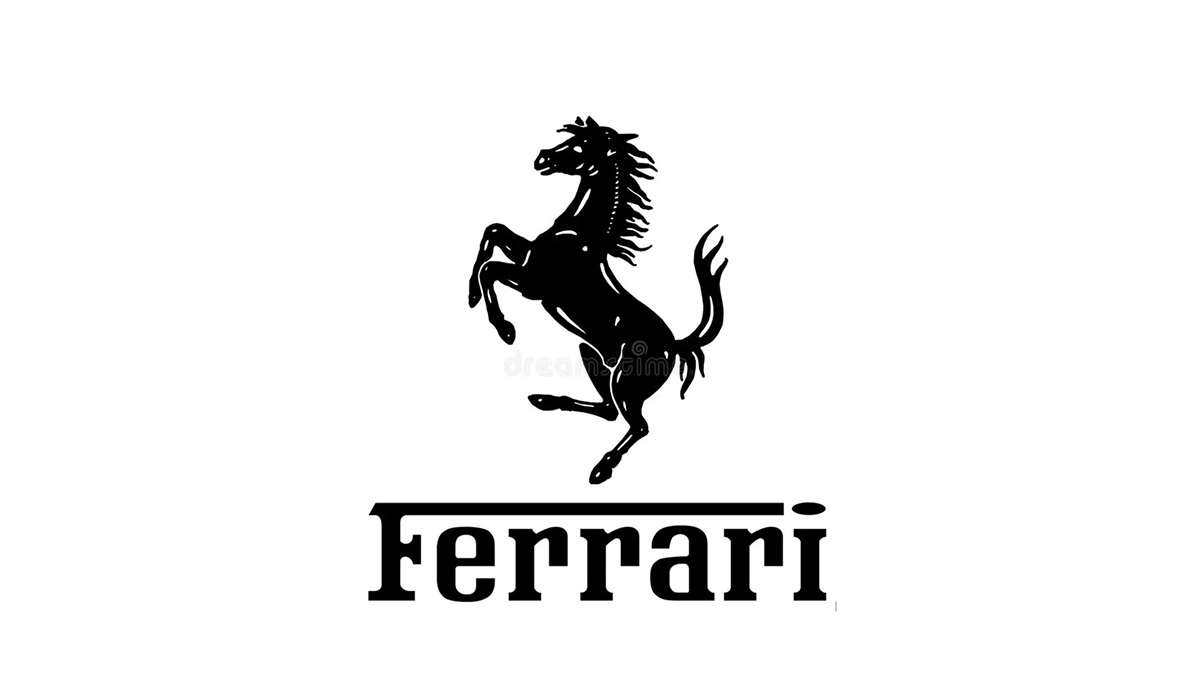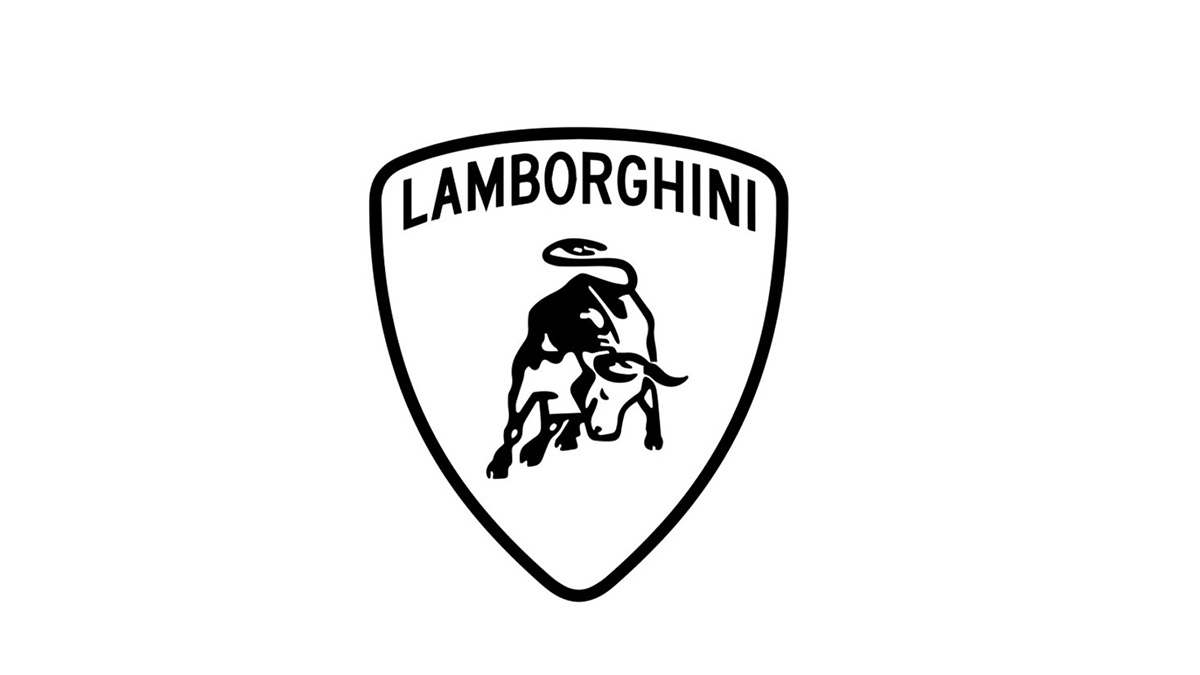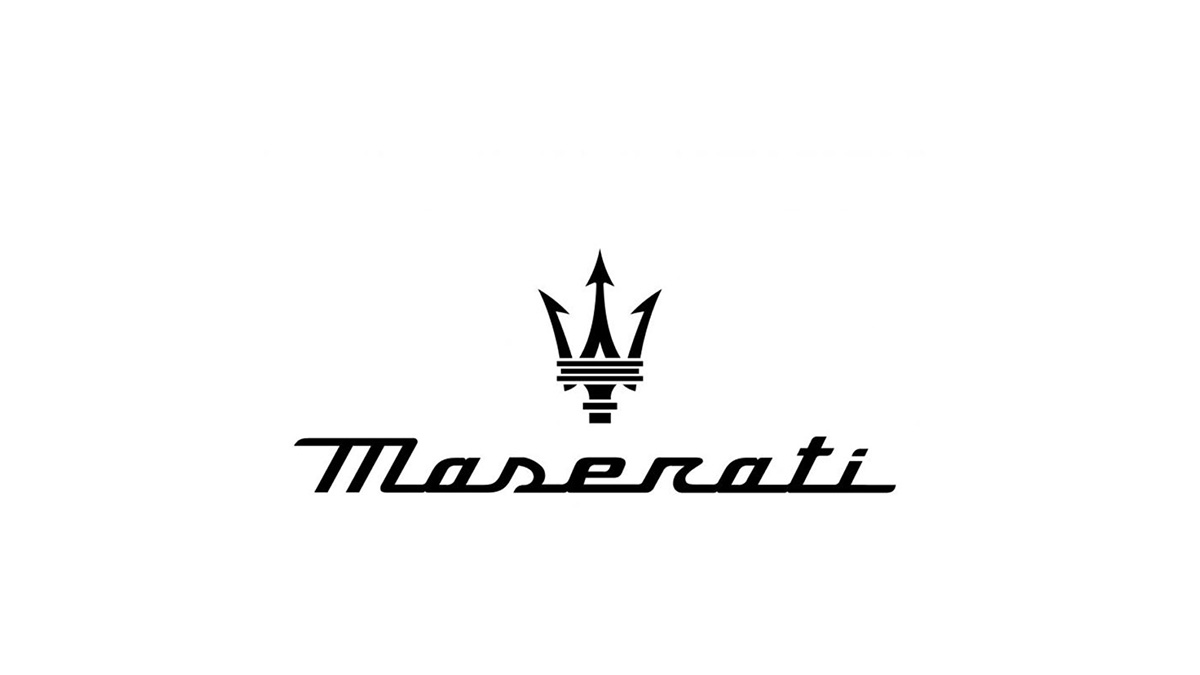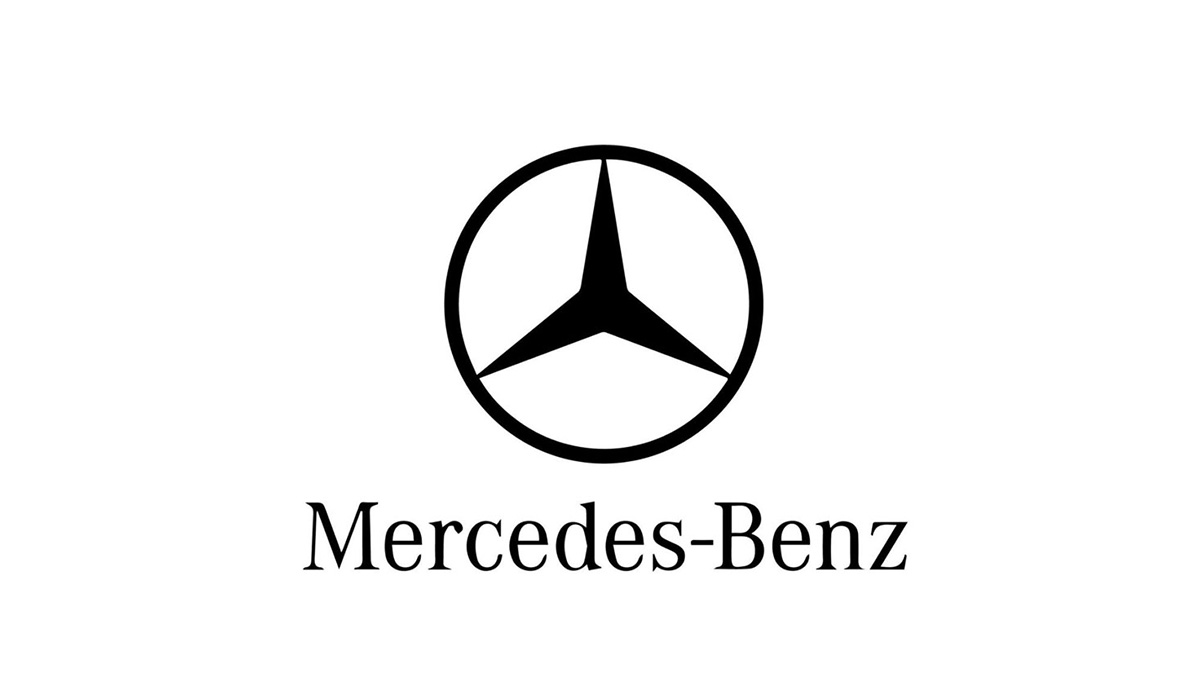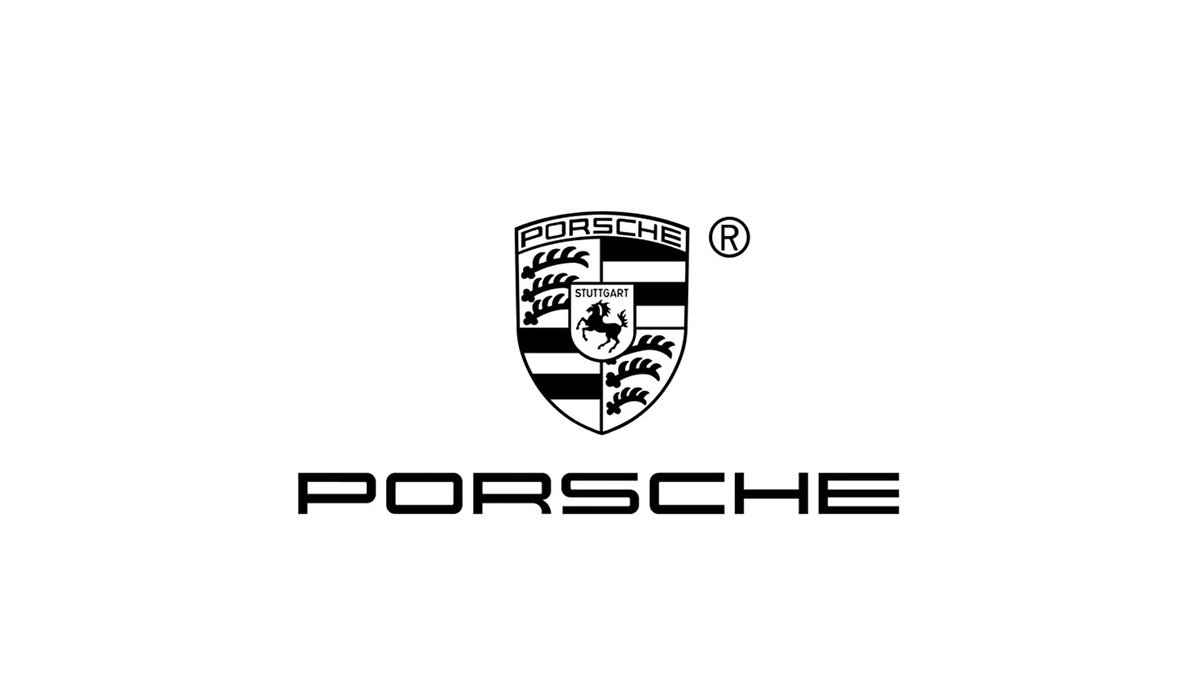Exploring the Generations of the BMW 7 Series from 1977 to 2025

The BMW 7 Series stands as a symbol of luxury and performance, redefining what a flagship luxury sedan can achieve. Since its debut in 1977, this full-size luxury sedan has shaped the history of the luxury D-class segment. You can see its evolution through groundbreaking innovations that blend comfort, style, and cutting-edge technology. Over 40 years of the BMW 7-Series, it has introduced features like the BMW Curved Display and advanced automated parking systems, setting benchmarks in the executive sedan category. Its relentless pursuit of excellence has influenced design trends and elevated the driving experience, making it a true leader in the luxury sedan market.
Key Takeaways
The BMW 7 Series has changed a lot since 1977. It sets high standards for luxury and performance in big cars.
Each version added new features, like smart computers and better safety tools, to make driving easier and safer.
The newest models, like the all-electric i7, focus on being eco-friendly while staying fancy and powerful.
Design parts, like the famous kidney grille and cool headlights, have changed to match new styles and technology.
The 7 Series mixes old traditions with new ideas to stay a top choice for luxury cars.
The First Generation (E23): 1977–1986

Design and Features
The first 7-series, known as the E23, marked the beginning of a new era in the history of executive sedans. Its design combined sporty elegance with technical precision. You could immediately recognize it by its iconic kidney grille, which became a defining feature of the series. The sloping front and rear sections, along with a low waistline, gave the car a dynamic and aerodynamic appearance. Developed under the guidance of BMW Design Director Paul Bracq, the E23 stood out with its focus on both aesthetics and performance.
Here’s a quick look at the defining design elements:
Design Element | Description |
|---|---|
Sporty Character | Sloping front and rear sections with a low waistline. |
Technical Innovation | Introduced onboard computers and anti-lock braking systems. |
Luxury Features | Prioritized high-end comfort and advanced technology. |
The E23 also introduced advanced driver assistance systems, making it the first European vehicle to offer ABS as standard. This innovation set it apart from competitors and established its reputation as a luxury sedan ahead of its time.
Technological Milestones
The first 7-series achieved several technological advancements that redefined what you could expect from an executive sedan. It was the first BMW model to feature an onboard computer, which provided drivers with real-time information about fuel consumption and range. The introduction of ABS enhanced safety, giving you greater control during braking. Additional features like automatic air conditioning and cruise control further elevated the driving experience, showcasing the E23’s commitment to innovation.
Engine and Performance
The E23 offered a range of inline-six engines that balanced power and refinement. Engine options ranged from 2.5 to 3.4 liters, delivering between 150 and 252 horsepower. This variety allowed you to choose a model that matched your performance needs. The smooth performance of these engines made the first 7-series a pleasure to drive, whether you were navigating city streets or cruising on the highway. With dimensions of 4,860 mm in length, 1,800 mm in width, and 1,430 mm in height, the E23 provided a spacious and comfortable ride, further solidifying its place in the luxury sedan market.
The Second Generation (E32): 1986–1994
Design Evolution
The second generation of the 7-series, known as the E32, introduced a bold design that reflected the evolving trends of the late 1980s. You could see its aerodynamic styling, which improved both performance and fuel efficiency. This generation also offered long-wheelbase options, catering to those who valued extra rear-seat space. The E32 became the first model to feature L-shaped tail-lights, enhancing visibility for following traffic. A wider grille was introduced for models equipped with V8 and V12 engines, emphasizing their luxury and performance. Inside, the cabin showcased advanced features designed to elevate comfort and technology.
Design Feature | Description | Trend Reflection |
|---|---|---|
L-shaped tail-lights | First use in BMW, designed for safety of following traffic | Emphasis on safety in automotive design |
Wider grille for V8/V12 | Standard for higher-end models, correlating with engine size | Luxury and performance differentiation |
Luxurious interior features | Advanced features introduced for enhanced comfort and technology | Growing consumer demand for luxury and technology |
Technological Advancements
The E32 set new benchmarks in automotive technology. It became the first post-1945 German car to feature a 5.0-liter V12 engine, delivering 220 kW of power. This innovation highlighted the 7-series’ commitment to performance. Double glazing was another standout feature, reducing noise and preventing window fogging. You could also opt for Park Distance Control, which made parking easier and safer. Standard ABS and Electronic Damper Control further enhanced safety and ride comfort.
ABS as standard
Park Distance Control available on request
Double glazing for reduced noise and mist-free windows
5.0-liter V12 engine delivering 220 kW of power
Feature | Description |
|---|---|
V12 Engine | Available with a 5.0-liter V12 engine, first of its kind in post-1945 German automotive industry. |
Double Glazing | Improved sound insulation and mist-free windows. |
Electronic Damper Control | Enhanced ride comfort and handling. |
Engine Options
The second-generation 7-series offered a variety of engine options to suit different performance needs. You could choose from inline-six, V8, and V12 engines, with displacements ranging from 3.0 to 5.0 liters. Power outputs varied between 135 and 220 kW (184 to 300 hp). The introduction of the V12 engine in 1987 marked a milestone in the history of German automotive engineering. Whether you prioritized efficiency or high performance, the E32 had an option tailored for you.
Inline-six, V8, and V12 engines
Engine displacements from 3.0 to 5.0 liters
Power outputs ranging from 135 to 220 kW (184 to 300 hp)
The E32 solidified its place as a luxury sedan that combined cutting-edge technology, refined design, and diverse performance options.
The Third Generation (E38): 1994–2001
Modern Styling
The third generation of the 7-series, known as the E38, brought a sleek and timeless design that still resonates with enthusiasts today. You would notice its low and slender body shape, which enhanced aerodynamics while maintaining a commanding road presence. Wider kidney grilles and updated headlights gave the front fascia a modern and refined look. Inside, the E38 7-series elevated luxury with enhanced craftsmanship. Active Comfort Seats, introduced in 1998, provided superior support for long drives. The cabin also featured dual-zone automatic climate control, ensuring a comfortable environment for all passengers.
To improve ride quality, BMW equipped the E38 with Electronic Damper Control (EDC III). This system adjusted the suspension dynamically, offering you a smooth and controlled driving experience. Safety remained a priority, with features like Dynamic Stability Control (DSC) and side tubular airbags becoming standard.
Key Design Features:
Low, aerodynamic body shape.
Wider kidney grilles and modernized headlights.
Luxurious interior with Active Comfort Seats and dual-zone climate control.
Technological Innovations
The E38 set new standards for technology in a luxury sedan. It became the first European car to offer satellite navigation, a groundbreaking feature at the time. You could also enjoy a built-in TV, which added a touch of novelty to the driving experience. Starting in 1997, side airbags for the driver and front passenger became standard, enhancing safety. Additionally, the E38 introduced curtain airbags, a first in automotive history, providing extra protection in side-impact collisions.
Notable Innovations:
First European car with satellite navigation.
Curtain airbags introduced for enhanced safety.
Built-in TV for entertainment.
Engine and Efficiency
The E38 offered a range of engines designed to balance performance and efficiency. For the first time, you could choose a diesel option in the 7-series lineup. These diesel engines provided excellent fuel economy without compromising on power. Gasoline engines, ranging from inline-six to V12 configurations, delivered smooth and responsive performance. Improved fuel efficiency across the board made the E38 a practical choice for a luxury sedan.
Engine Highlights:
Diesel options introduced for better fuel economy.
Gasoline engines with inline-six, V8, and V12 configurations.
Enhanced efficiency without sacrificing performance.
The third generation of the BMW 7 Series, the E38, stands as a milestone in the history of luxury sedans. Its combination of modern styling, innovative technology, and efficient engines ensured its place as a leader in the segment.
The Fourth Generation (E65/E66): 2001–2008
Bold Design
The fourth generation of the 7-series, known as the E65/E66, introduced a revolutionary design that redefined luxury sedans. You would immediately notice its bold and futuristic aesthetics, highlighted by the distinctive rear end, famously called the “Bangle Butt.” This design, inspired by “flame surfacing,” broke away from the conservative styling of its predecessor. It emphasized unconventional shapes and dynamic lines, setting a new trend in automotive design. The E65’s daring approach sparked debates but ultimately influenced the direction of modern car styling. This generation stood out as a turning point in the history of the 7-series, showcasing BMW’s willingness to innovate.
Technological Breakthroughs
The E65/E66 brought groundbreaking advancements that elevated your driving experience. The introduction of the iDrive system centralized vehicle controls into a single interface, simplifying access to navigation, entertainment, and climate settings. This innovation represented a major leap in vehicle connectivity and user interface design. Adaptive cruise control also debuted in this generation, enhancing driving comfort by automatically adjusting your speed to maintain a safe distance from other vehicles. Additional features like Active Roll Stabilization and electronic adaptive headlights further showcased the 7-series’ commitment to cutting-edge technology. These advancements made the fourth generation a pioneer in modern automotive innovation.
Engine Options
The fourth generation offered a diverse range of engine options, reflecting BMW’s dedication to performance and sustainability. You could choose from six-cylinder, eight-cylinder, and twelve-cylinder engines, each delivering impressive power and refinement. For those seeking innovation, BMW introduced a hydrogen-powered model, highlighting its focus on alternative energy solutions. Here’s a breakdown of the engine options:
Engine Type | Displacement | Power Output (kW/hp) |
|---|---|---|
6-cylinder | 3.0 liters | 160 kW / 218 hp |
8-cylinder | 4.4 liters | 245 kW / 333 hp |
12-cylinder | 6.0 liters | 327 kW / 445 hp |
These engines, paired with a six-speed automatic transmission, delivered smooth performance and efficiency. Features like adaptive headlights and BMW Night Vision added to the driving experience, ensuring safety and convenience. The E65/E66 demonstrated how the 7-series continued to push boundaries in luxury and innovation.
The Fifth Generation (F01/F02): 2008–2015
Refined Styling
The fifth generation of the 7-series, known as the F01, brought a more conservative design that emphasized rear-seat luxury. You would notice the increased body length, which grew by 30 mm, and the extended wheelbase, adding 80 mm. The long-wheelbase version offered an additional 140 mm, ensuring more space for rear passengers. To maintain a lightweight structure despite the size increase, BMW used aluminum for the body panels.
Rear-seat comfort became a priority in this generation. Long doors made it easier for you to enter and exit the vehicle. Broad C-pillars and patterned graphics on the rear windows enhanced privacy, creating a more exclusive experience. The front passenger seat could move fully forward and tilt, giving rear passengers maximum legroom. Multifunction seats added a range of adjustments, ensuring you could enjoy a luxurious and comfortable ride.
Technological Progress
The F01 introduced advanced technology that set new standards for luxury sedans. Hybrid technology made its debut with the ActiveHybrid 7 model, showcasing BMW’s commitment to sustainability. You could also benefit from cutting-edge driver assistance systems. Features like night vision, a heads-up display, and active cruise control with stop-and-go functionality enhanced safety and convenience.
Feature | Description |
|---|---|
Hybrid Option | The introduction of the ActiveHybrid 7 model, showcasing hybrid technology. |
Advanced Driver Assistance Systems | Included features like night vision, heads-up display, and active cruise control with stop-and-go functionality. |
These innovations demonstrated how the fifth generation of the 7-series combined luxury with forward-thinking technology.
Engine Performance
The fifth generation offered turbocharged engines that balanced efficiency and power. The BMW 760i xDrive featured a 4.4-liter V8 engine with TwinPower Turbo technology, delivering impressive performance. This engine included a cross-bank exhaust manifold and external oil cooling, improving thermodynamic efficiency. The BMW 740i introduced a 3.0-liter inline six-cylinder engine with a 48-volt mild hybrid system. This setup increased horsepower to 375 and torque to 383 lb-ft, enhancing both power and fuel efficiency.
Innovations like the Miller cycle, redesigned intake ports, and an advanced ignition system further improved engine efficiency. These advancements ensured that the F01 delivered a dynamic driving experience while maintaining environmental responsibility.
The fifth generation of the BMW 7 Series marked a significant chapter in its history. It combined refined styling, groundbreaking technology, and powerful yet efficient engines, solidifying its place as a leader in the luxury sedan market.
The Sixth Generation (G11/G12): 2015–2022
Lightweight Design
The sixth generation of the 7-series, known as the G11, introduced a revolutionary approach to lightweight construction. You could see the use of carbon fiber-reinforced plastic (CFRP) in the vehicle’s structure, a first for the series. This material enhanced rigidity while reducing weight, improving both safety and performance. Engineers combined CFRP with aluminum and steel to optimize the unibody structure. The redesigned suspension components also contributed to weight reduction without compromising strength.
The doors became 10% lighter, maintaining occupant protection while improving efficiency. The roof frame, made from a core-free, closed structural element, added strength and lowered the center of gravity. These innovations enhanced the car’s torsional stiffness, improving driving dynamics and safety.
Feature | Description |
|---|---|
CFRP Use | First-time integration in body structure with steel and aluminum |
Roof Frame | Core-free, closed structural element enhancing strength and weight advantage |
Torsional Stiffness | Enhanced passenger cell stiffness and lower center of gravity |
Safety and Dynamics | Combination of materials improves safety-related parts and driving dynamics |
Advanced Technology
The G11 brought cutting-edge technology to the 7-series. Gesture Control allowed you to interact with the infotainment system using simple hand movements, making it more intuitive. The Display Key introduced a new level of convenience, letting you check vehicle status remotely. Wireless Charging eliminated the need for cables, keeping your devices powered on the go.
This generation also featured advanced driving assistance systems. A suite of cameras, ultrasonic sensors, and radar supported semi-autonomous driving and parking. These systems enhanced safety and made maneuvering easier, especially in tight spaces. The G11 set a new standard for integrating technology into luxury sedans.
Engine Options
The sixth generation offered plug-in hybrid options that prioritized sustainable performance. Adaptive recuperation technology enabled over 90% of deceleration through brake energy regeneration, reducing wear on traditional brakes. You could charge the high-voltage battery using carbon-neutral energy sources, further supporting eco-friendly driving.
The hybrid models combined electric motors with gasoline engines, delivering impressive power while lowering emissions. This approach ensured that the 7-series maintained its performance legacy while embracing sustainability. The G11 demonstrated how luxury and environmental responsibility could coexist.
The sixth generation of the BMW 7 Series marked a pivotal moment in its history. It combined innovative design, advanced technology, and sustainable performance, solidifying its place as a leader in the luxury sedan market.
The Seventh Generation (G70): 2022–2025

Futuristic Design
The seventh generation of the 7-series, known as the G70, introduces a bold and futuristic design that sets it apart in the history of luxury sedans. You will immediately notice its horizontally split headlight units, which enhance the car’s modern aesthetic. These two-piece headlights, combined with a vertically prominent front end, create a distinctive and commanding presence on the road. The “Iconic Glow” kidney grille adds another layer of sophistication. It illuminates at night, making the G70 stand out even in the dark. Swarovski crystals embedded in the headlamps further elevate the luxury appeal, blending innovation with elegance.
Key Design Features:
Horizontally split headlight units.
Vertically prominent front end.
Illuminated “Iconic Glow” kidney grille.
Swarovski crystal headlamps.
Cutting-Edge Technology
The current generation of the 7-series brings groundbreaking technology to redefine your driving experience. The all-electric i7 xDrive60 debuts as the first fully electric model in the lineup, showcasing BMW’s commitment to sustainability. Inside, you can enjoy a 31-inch BMW Theater Screen with built-in Amazon Fire TV and 8K resolution, transforming the rear cabin into a luxurious entertainment space. Advanced connectivity features, such as the optional Highway Assistant, allow hands-free driving at speeds up to 80 mph. Additionally, the 48V mild hybrid technology in six and eight-cylinder engines enhances efficiency while maintaining dynamic performance.
Notable Technologies:
All-electric i7 xDrive60 with zero emissions.
31-inch BMW Theater Screen with 8K resolution.
Highway Assistant for hands-free driving.
48V mild hybrid technology for improved efficiency.
Engine and Sustainability
The G70 emphasizes sustainability through its innovative powertrains. The all-electric i7 significantly reduces carbon emissions, aligning with BMW’s goal to cut fleet-wide emissions by 50% by 2030. The i7 xDrive60 achieves a 33% to 39% lower lifecycle global warming potential compared to the BMW 740i xDrive. Charging with renewable energy further reduces emissions by up to 64%. For those seeking hybrid options, the 48V mild hybrid technology enhances fuel efficiency while maintaining the performance you expect from the 7-series.
Model | Lifecycle Global Warming Potential Reduction | Charging with Renewable Power Reduction |
|---|---|---|
BMW i7 xDrive60 | 33% / 39% lower than BMW 740i xDrive | 60% / 64% lower than BMW 740i |
The current generation of the BMW 7 Series demonstrates how luxury and sustainability can coexist, offering you a driving experience that is both innovative and environmentally responsible.
The BMW 7 Series has consistently redefined luxury sedans through its remarkable evolution. Over more than 40 years, it has introduced groundbreaking features like onboard computers, advanced safety systems, and hybrid powertrains. Each generation reflects a commitment to blending tradition with innovation, ensuring the 7-series remains a leader in the luxury market. The latest iteration showcases bold design, opulent interiors, and cutting-edge technology, setting new benchmarks for the segment. With its focus on sustainability, including the fully electric i7, the 7-series represents the future of luxury while honoring its rich history of excellence.

